Now I'll create the article following all the specified requirements, with each section being 100-120 words, varied opening sentences, and descriptive headings that include "brick edging" in each one.Transform your garden's appearance and functionality with strategic brick edging that creates clean boundaries while adding timeless appeal to your landscape. These versatile design solutions offer durability, visual interest, and practical benefits like preventing grass encroachment and containing mulch. From classic arrangements to innovative patterns, brick edging adapts to any garden style while providing long-lasting structure. Each technique delivers unique aesthetic qualities and installation advantages, allowing you to customize your outdoor space according to personal preferences and maintenance requirements. Whether you prefer traditional red clay bricks or contemporary color variations, these edging ideas will elevate your garden's professional appearance while solving common landscaping challenges.
1. Classic Soldier Course Brick Edging
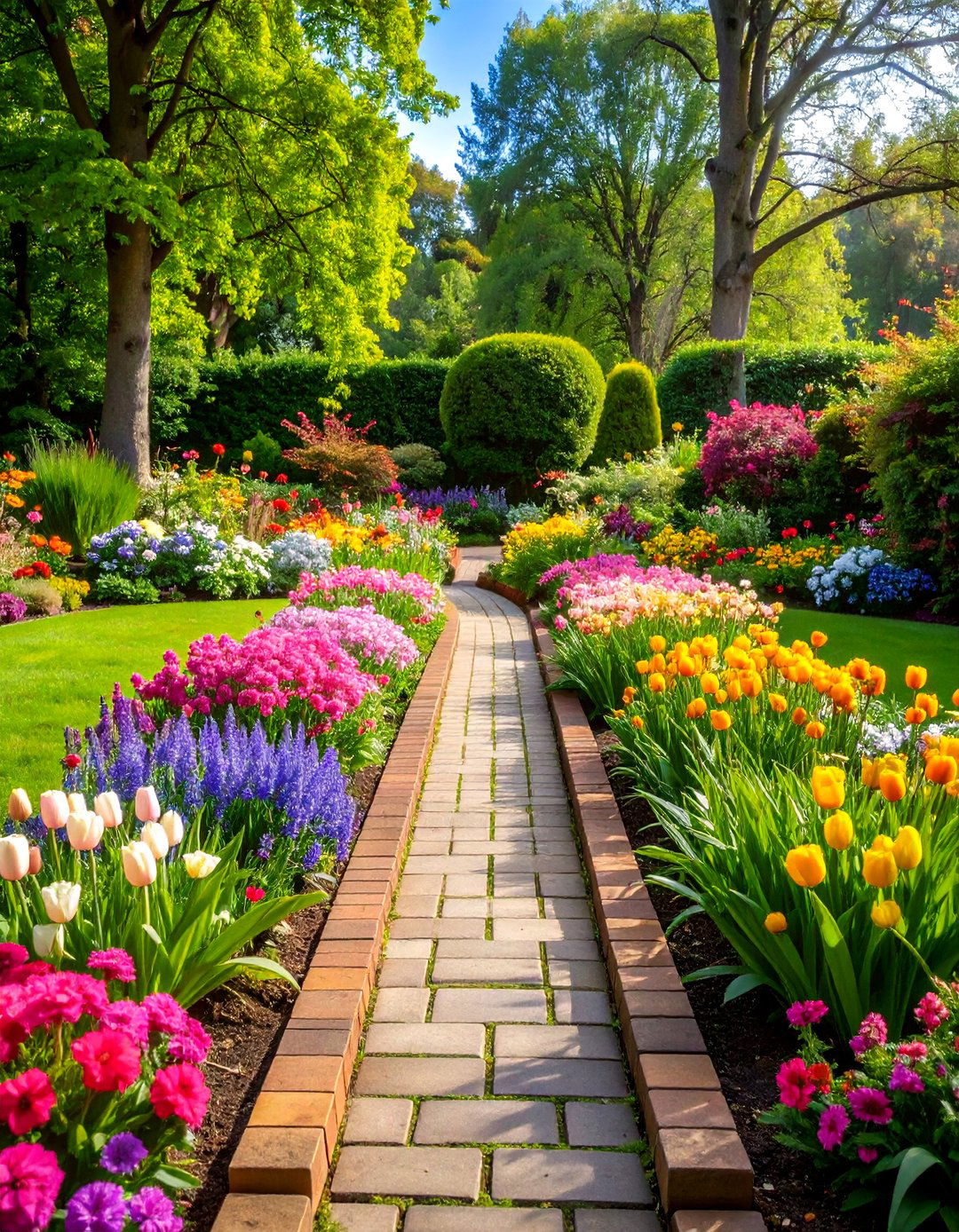
Standing upright like soldiers at attention, this traditional brick edging arrangement creates bold vertical lines that immediately define garden boundaries. Each brick is positioned on its narrow end, exposing the long face to create a distinctive upright border that adds height and visual drama to flower beds. This technique works exceptionally well for separating different landscape materials, such as gravel paths from lawn areas, while providing excellent soil retention. The vertical orientation naturally draws the eye upward, making garden spaces appear larger and more structured. Installation requires digging a trench deep enough to support one-third of each brick's height, ensuring stability against frost heave and seasonal ground movement.
2. Diagonal Brick Edging
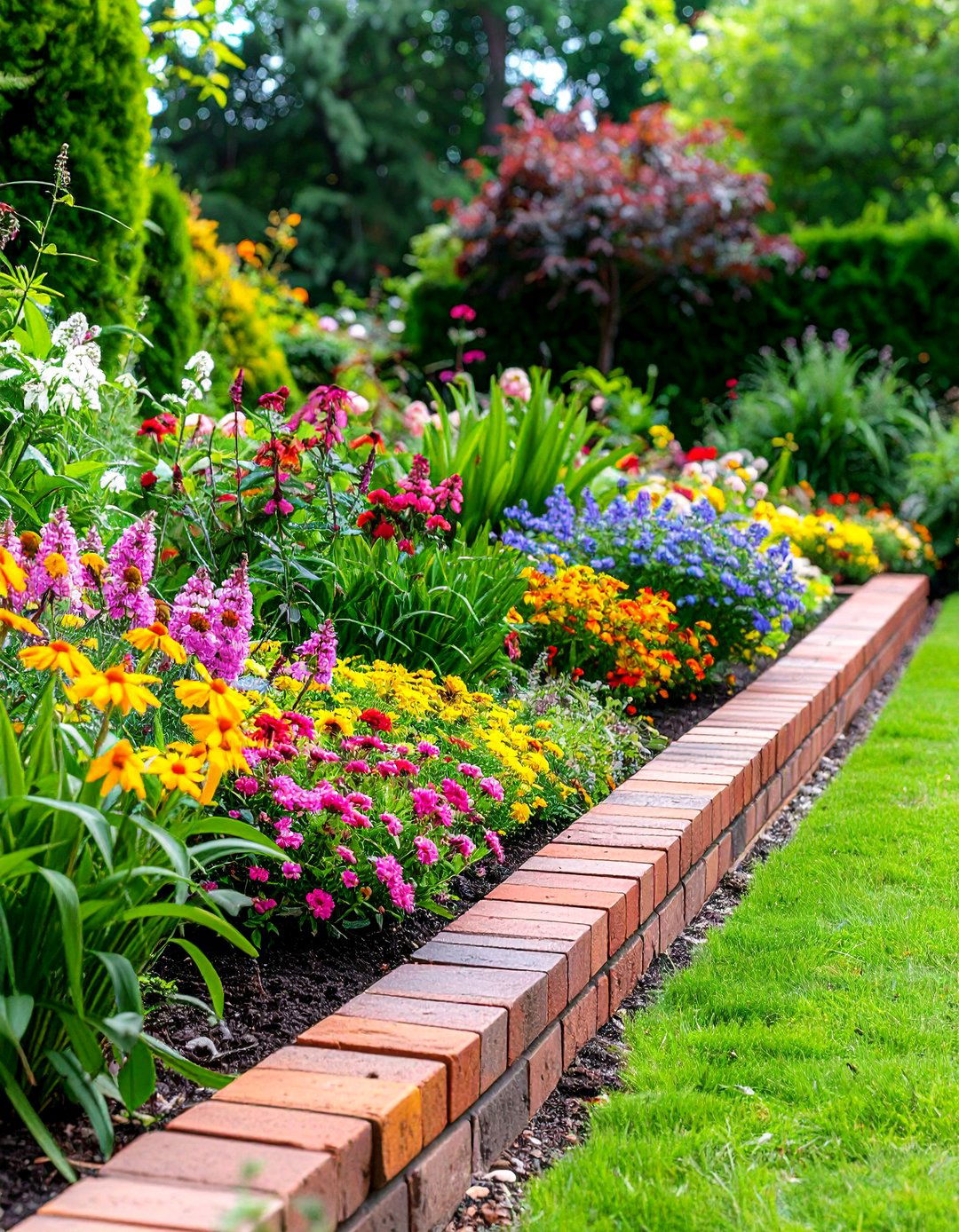
Angled placement transforms ordinary bricks into dynamic border elements that create striking visual movement through repetitive diagonal patterns. This creative approach involves setting bricks at consistent 45-degree angles, producing a distinctive sawtooth appearance that breaks away from traditional horizontal or vertical arrangements. The diagonal orientation adds contemporary flair to cottage gardens and modern landscapes alike, while maintaining the classic appeal of brick materials. Each angled brick catches light differently throughout the day, creating subtle shadow play that enhances the border's three-dimensional quality. This technique requires careful measurement and consistent spacing to achieve professional results, but the dramatic visual impact justifies the extra attention to detail during installation.
3. Curved Brick Edging
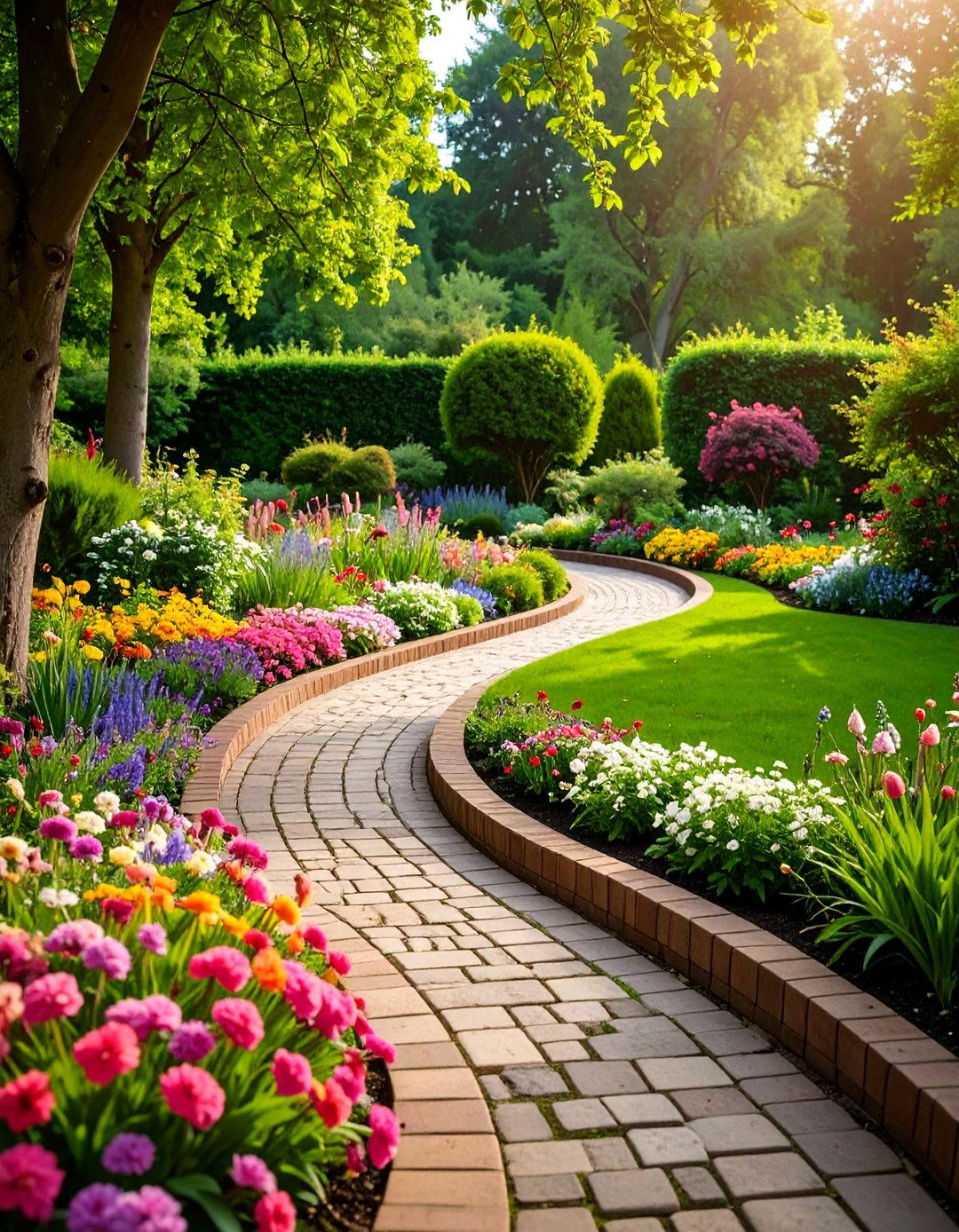
Flowing lines create organic garden boundaries that follow natural contours while maintaining the structural benefits of traditional brick borders. This versatile technique allows for gentle arcs around flower beds, serpentine pathways, or circular planting areas that complement landscape features. Curved installations require careful planning and marking with garden hoses or spray paint to visualize the final shape before excavation begins. The key to successful curved brick edging lies in maintaining consistent spacing between bricks while allowing for slight gaps that accommodate the curve's geometry. These flowing designs work particularly well in informal garden settings where rigid lines would appear too harsh against natural plantings and organic landscape features.
4. Double-Stacked Brick Edging

Creating impressive height and visual weight, this layered approach combines two rows of bricks to form substantial borders that provide excellent soil retention and dramatic definition. The double-stacking technique allows for various pattern combinations, from perfectly aligned courses to offset arrangements that create texture and visual interest. This substantial edging works particularly well for raised garden beds and sloped areas where additional height helps prevent soil erosion. The increased mass provides superior stability against seasonal ground movement while creating opportunities for integrated planting pockets between the two courses. Installation requires careful leveling of the base course before adding the second layer, ensuring both structural integrity and attractive appearance throughout the growing season.
5. Herringbone Pattern Brick Edging
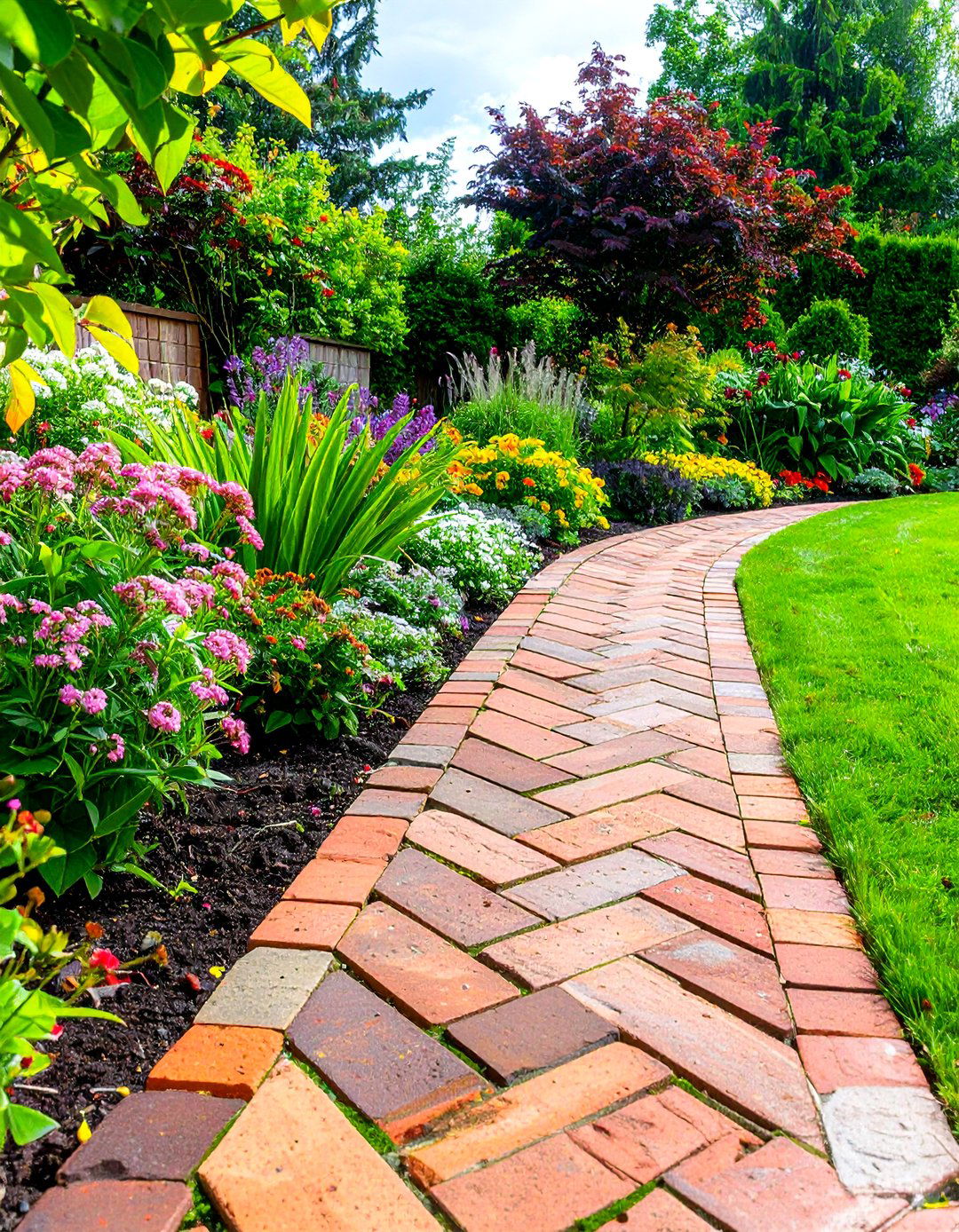
Interlocking zigzag formations create one of the most visually striking and structurally sound border designs available for garden applications. This classic pattern involves placing bricks at alternating 45-degree angles to form a continuous herringbone weave that provides exceptional stability through interlocking forces. The pattern's geometric precision adds sophisticated architectural interest to formal gardens while complementing traditional and contemporary landscape styles. Each brick naturally supports its neighbors, reducing the likelihood of individual units shifting or settling over time. Installation requires precise measurement and careful attention to angle consistency, but the resulting border delivers both functional excellence and timeless aesthetic appeal that enhances property values while solving practical landscaping challenges.
6. Basket Weave Brick Edging

Alternating horizontal and vertical brick placements create the illusion of woven basketry while providing practical garden boundary solutions. This charming pattern involves grouping bricks in pairs, with each pair oriented perpendicular to its neighbors, producing a distinctive checkerboard effect that adds texture and visual depth. The basket weave technique works exceptionally well in cottage gardens and rustic landscape settings where handcrafted appearances enhance the overall design theme. The interlocking arrangement provides excellent structural stability while allowing for creative variations in brick colors and sizes. Installation requires careful planning to ensure consistent spacing and alignment, but the resulting border offers both functional performance and decorative appeal that complements various garden styles.
7. Flush Brick Mowing Strip Edging

Perfectly level with surrounding surfaces, this practical edging solution eliminates tedious trimming while creating clean lawn boundaries that accommodate mower wheels. The flush installation technique positions bricks at ground level, allowing lawnmower wheels to roll directly over the edging while cutting blades maintain proper height above the border. This approach significantly reduces maintenance time by eliminating the need for string trimming along garden edges. The key to successful flush edging lies in precise excavation and careful attention to final brick height relative to adjacent turf and soil levels. Regular maintenance involves occasional releveling as seasonal ground movement occurs, but the time savings during routine mowing more than compensates for periodic adjustments.
8. Raised Brick Bed Edging
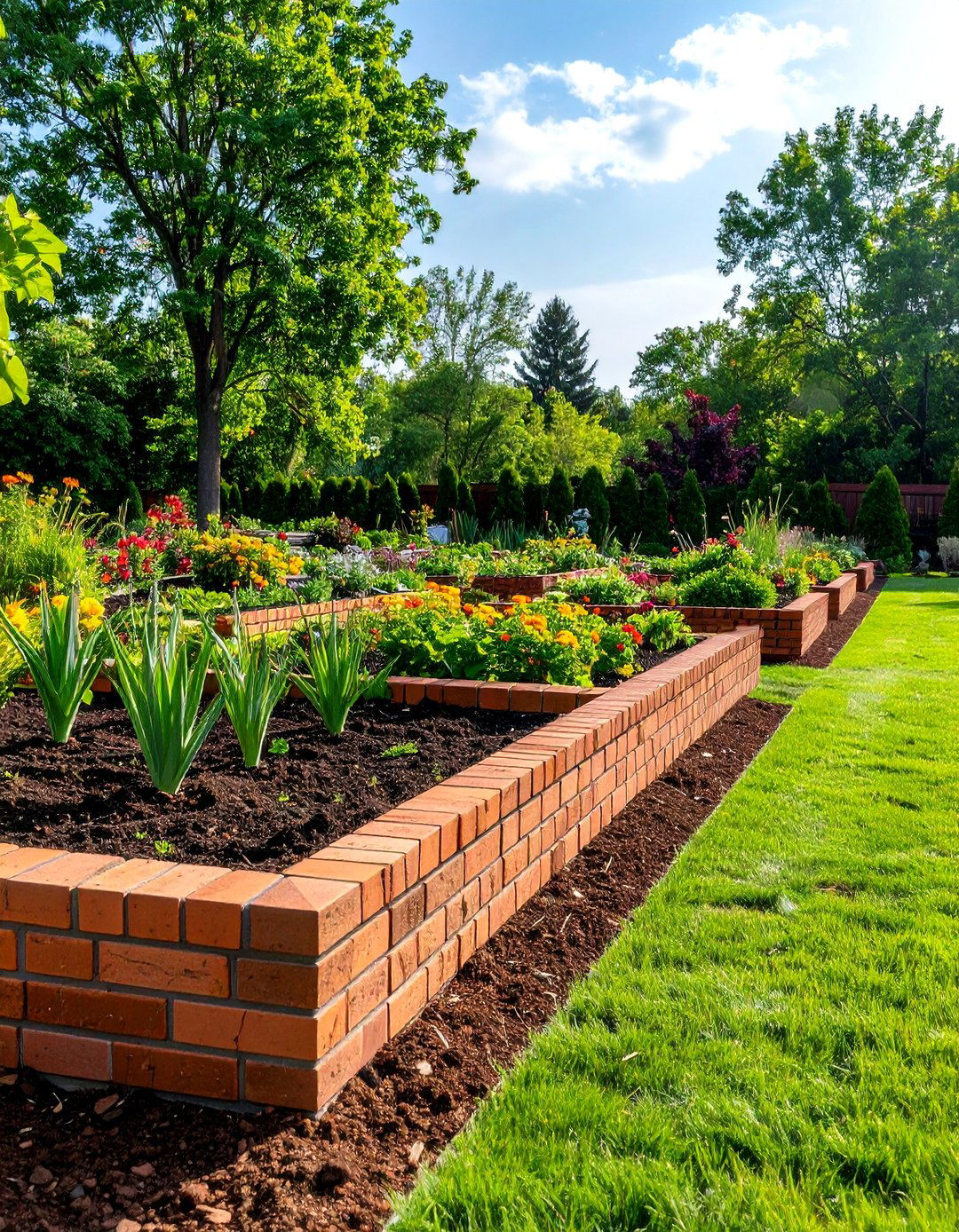
Elevated borders create distinct planting zones while providing excellent drainage and soil retention for successful garden management. This technique involves building brick walls that rise several inches above ground level, creating contained spaces for specialized plantings or seasonal displays. Raised edging works particularly well for herb gardens, vegetable plots, and flower beds where improved drainage and soil warming enhance plant performance. The elevated design also makes garden maintenance easier by reducing bending and providing better access to plants. Installation requires careful attention to drainage considerations and may include gravel base layers to prevent water accumulation. The substantial appearance adds architectural interest while solving practical gardening challenges.
9. Circular Brick Tree Ring Edging
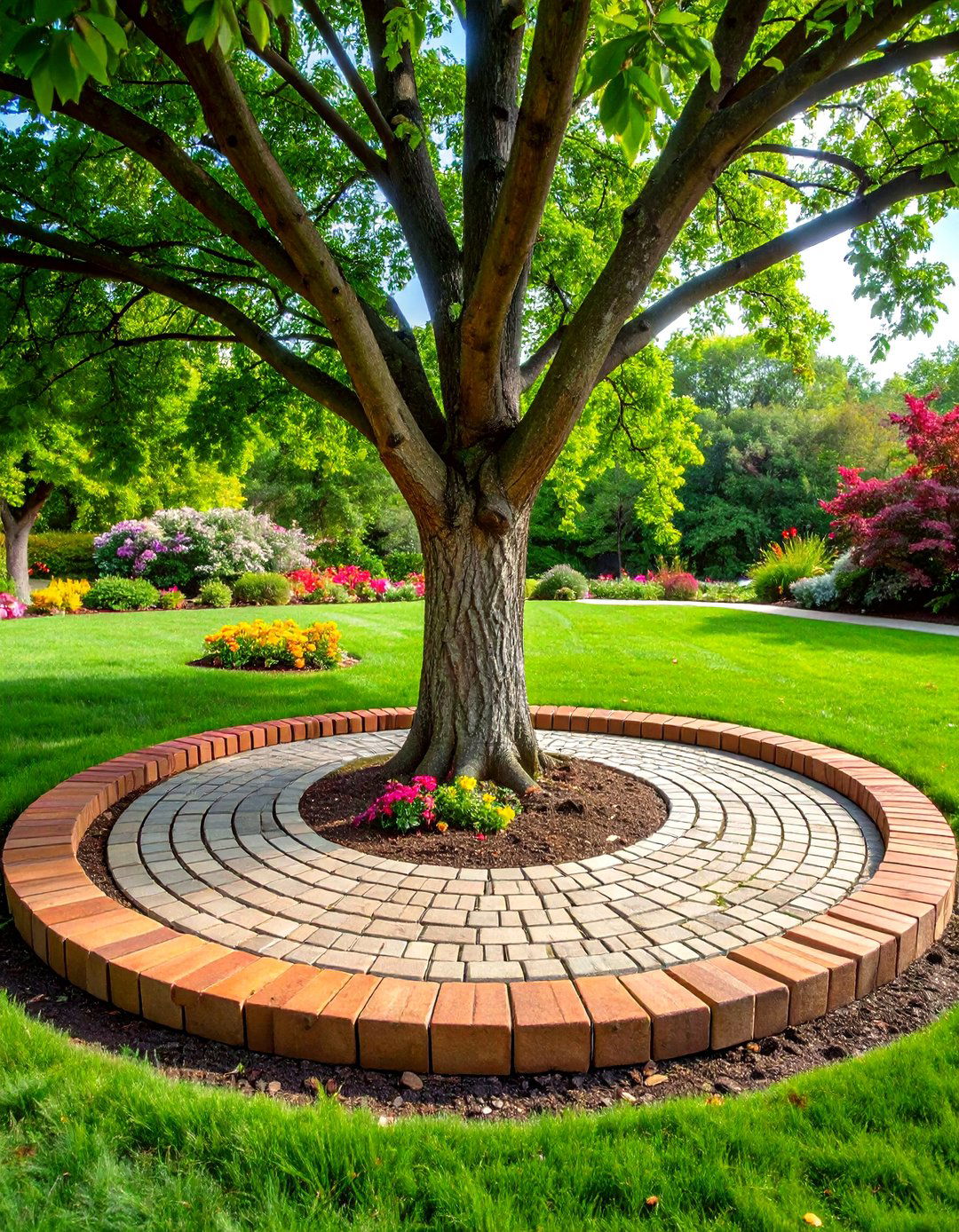
Protecting tree roots while creating attractive focal points, circular brick arrangements provide neat boundaries that prevent lawn encroachment into tree beds. This technique involves laying bricks in concentric circles around tree trunks, creating defined spaces for mulch application and protecting valuable root systems from mower damage. The circular design works equally well for individual specimen trees and grouped plantings where unified appearance enhances landscape cohesion. Careful attention to spacing allows for tree growth while maintaining attractive proportions over time. Installation begins with establishing the desired radius, then laying bricks with slight gaps to accommodate drainage and prevent moisture accumulation against tree trunks. The resulting rings provide practical benefits while adding structured beauty to landscape compositions.
10. Sailor Course Brick Edging
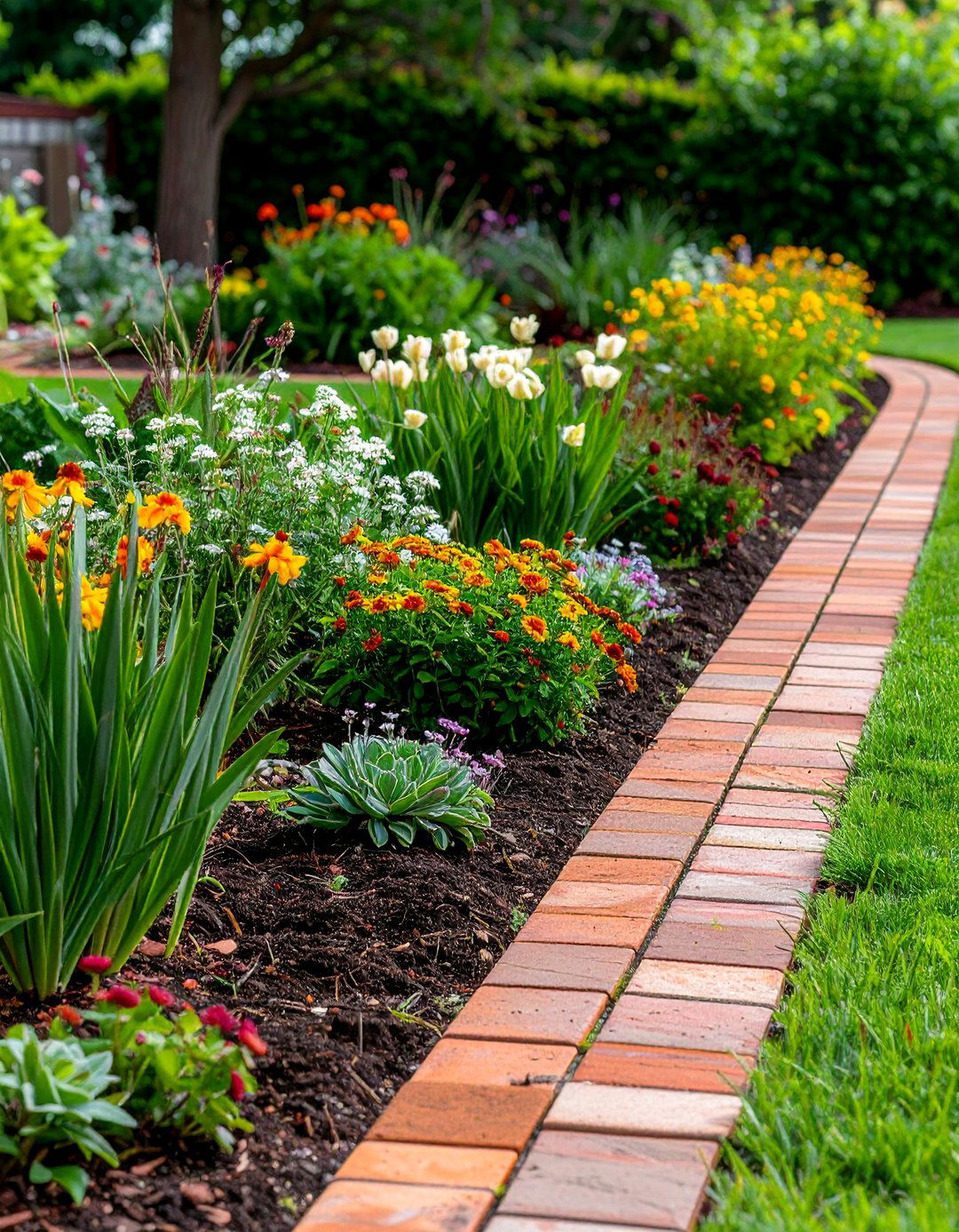
Wide-face exposure creates bold horizontal lines that emphasize length and provide substantial visual weight to garden boundaries. This technique positions bricks with their broad faces visible, creating a more prominent border appearance than traditional narrow-edge installations. Sailor course edging works particularly well for contemporary landscape designs where clean lines and geometric precision enhance modern architectural elements. The horizontal emphasis makes garden beds appear wider while providing excellent soil retention and clear boundary definition. Installation follows similar principles to soldier course techniques but requires attention to the broader brick faces and their alignment with adjacent landscape features. The substantial appearance creates strong visual anchors that organize complex planting schemes.
11. Running Bond Brick Edging
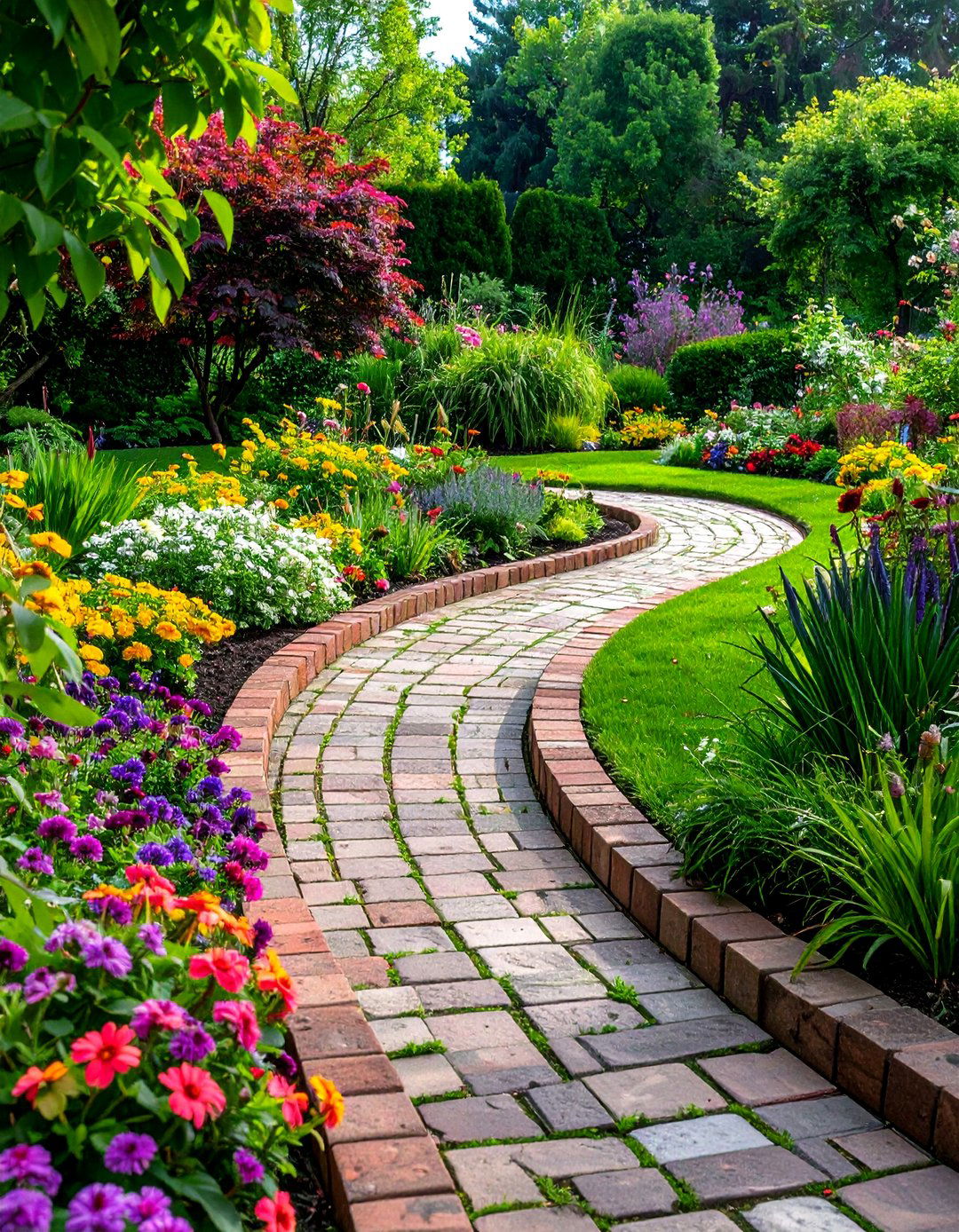
Offset joint patterns create classic masonry appearance while providing excellent structural stability through overlapping brick placement. This traditional technique involves positioning each brick to span the joint between two bricks in the adjacent course, creating a staggered pattern that distributes weight evenly. Running bond edging adapts well to curved installations without requiring brick cutting, making it ideal for flowing garden boundaries and organic landscape designs. The overlapping arrangement provides superior resistance to frost heave and settling compared to aligned joint patterns. Installation requires careful attention to maintaining consistent overlap distances while ensuring level placement throughout the border length. The timeless appearance complements various architectural styles while delivering reliable long-term performance.
12. Scalloped Brick Edging
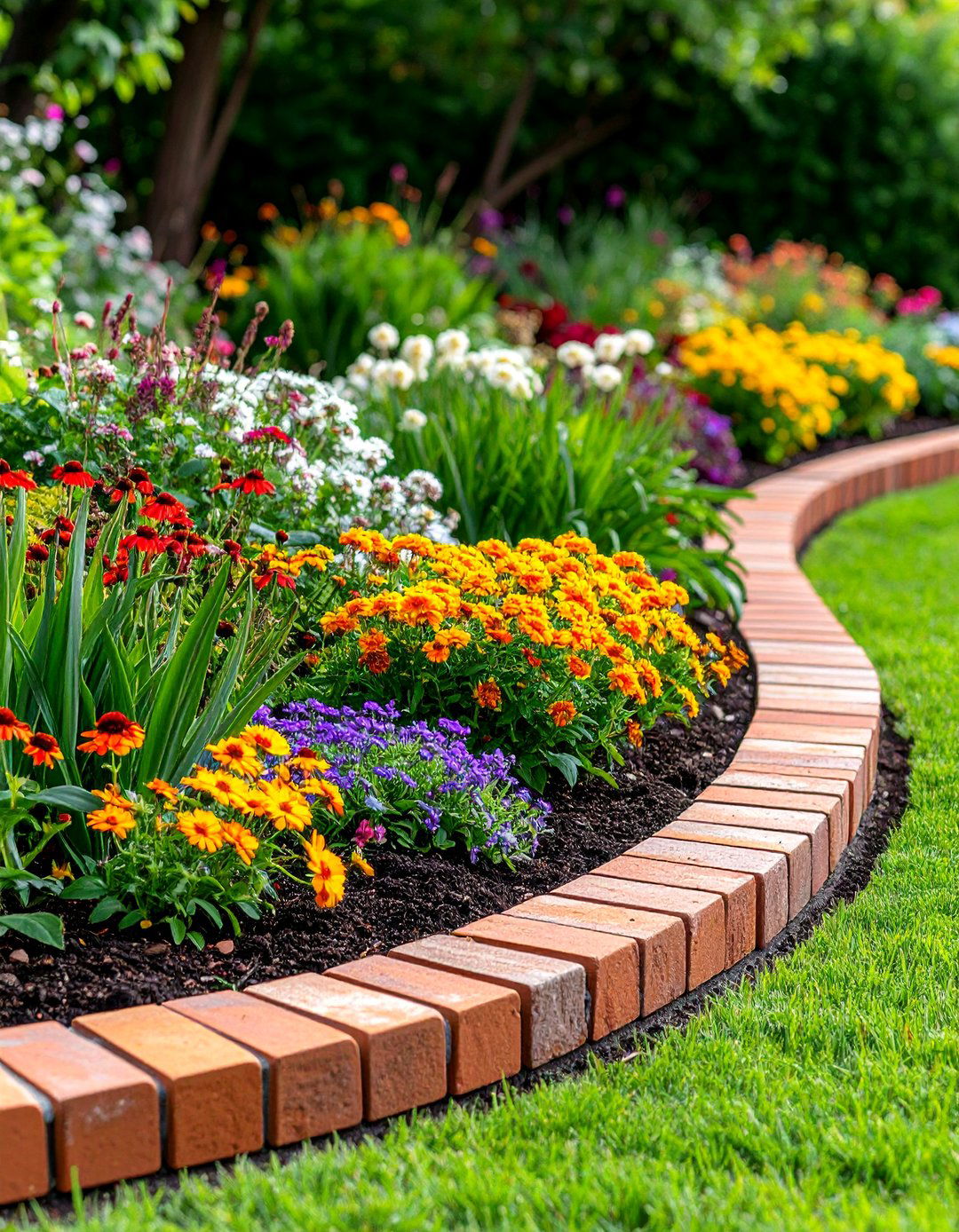
Decorative curved tops create charming borders that add romantic character to cottage gardens and formal landscape designs. This specialized edging features bricks with ornamental curved profiles that create gentle wave patterns along garden boundaries. Scalloped designs work particularly well around flower beds where soft curves complement organic plant forms while maintaining clear boundary definition. The decorative profiles catch light and shadow throughout the day, creating subtle visual interest that enhances garden appeal. Installation follows standard edging principles with attention to maintaining consistent curve alignment and proper drainage around the decorative elements. These borders provide functional soil retention while adding distinctive character that distinguishes landscapes from conventional edging approaches.
13. Mixed Material Brick and Gravel Edging
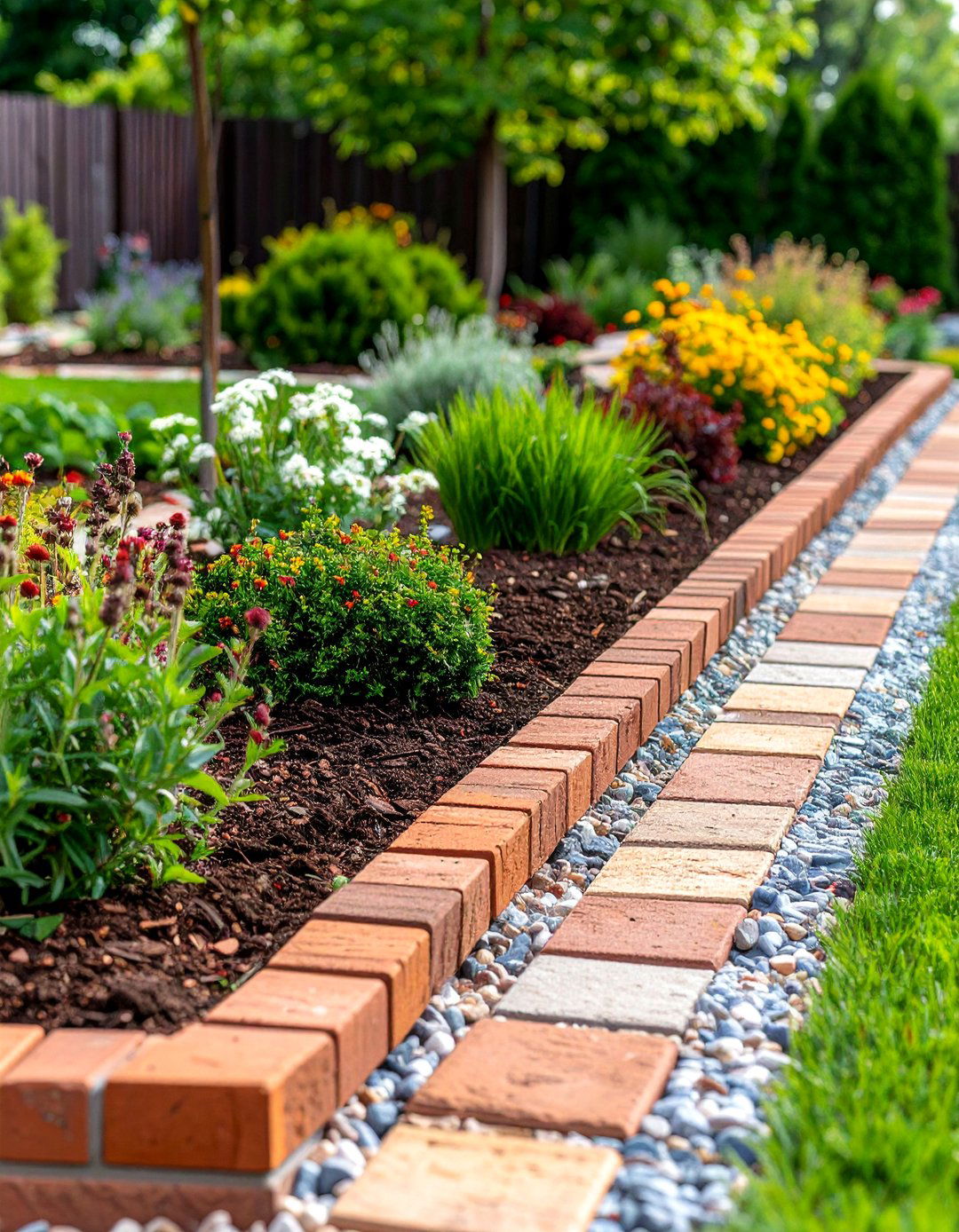
Combining textures and materials creates sophisticated borders that provide excellent drainage while adding visual complexity to landscape designs. This technique involves using brick structural elements with gravel infill or adjacent gravel pathways that complement the masonry's warm tones. The combination reduces overall brick requirements while creating attractive contrast between hard and soft materials. Mixed material approaches work particularly well in contemporary landscapes where material variety adds interest without overwhelming plant displays. The gravel components provide excellent drainage while brick elements supply structure and definition. Installation requires careful attention to material transitions and proper base preparation for both components. The resulting borders offer practical benefits while creating distinctive landscape features.
14. Serpentine Wave Brick Edging
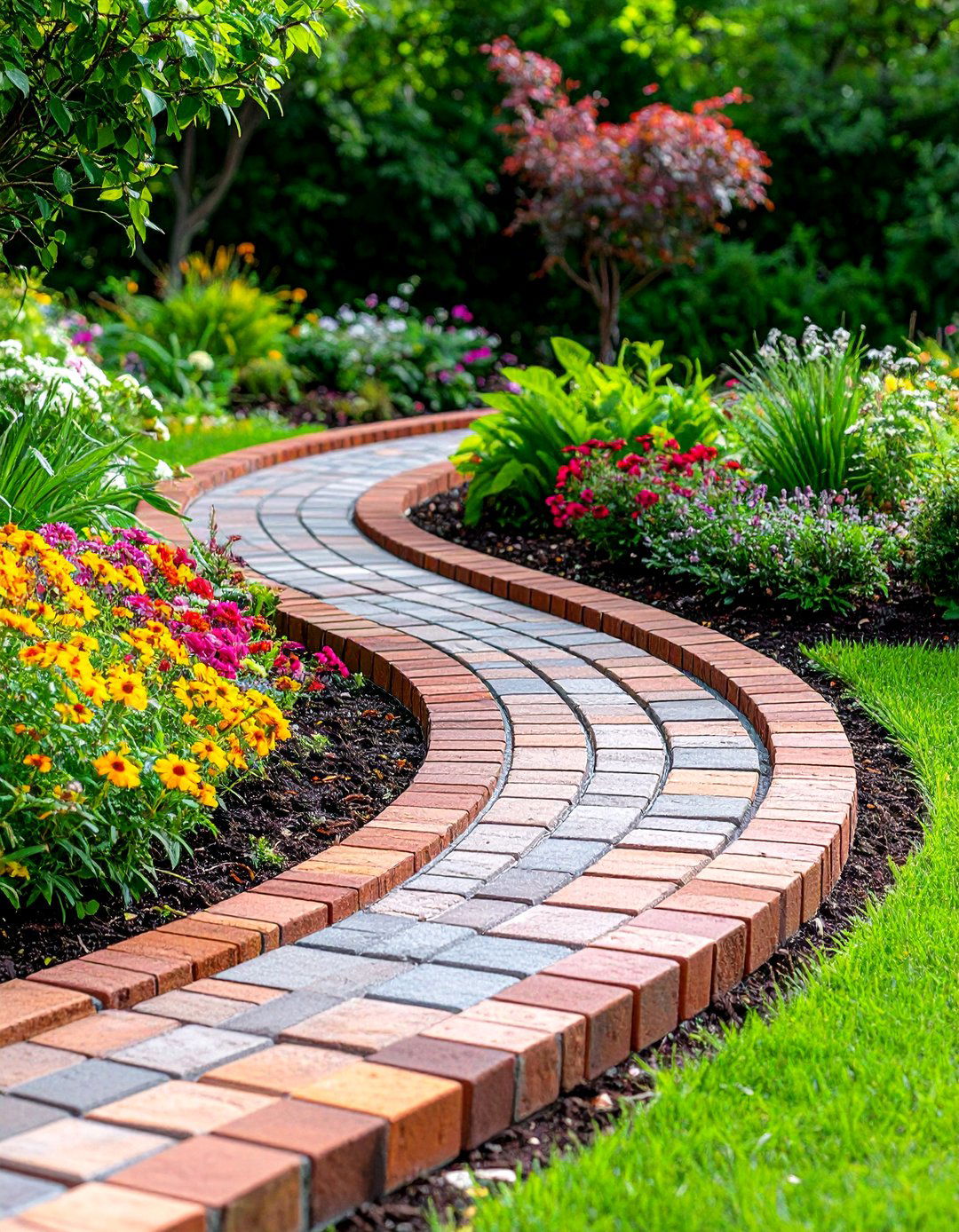
Flowing S-curve patterns create dynamic garden boundaries that mimic natural waterway patterns while maintaining practical functionality. This sophisticated technique involves creating gentle alternating curves that weave through landscape spaces like meandering streams. Serpentine designs work best in larger garden areas where the flowing patterns can be fully appreciated and don't appear cramped. The continuous curves create visual movement that guides visitors through garden spaces while providing practical soil retention and boundary definition. Installation requires careful planning and layout marking to ensure smooth curve transitions and consistent wave amplitude. The dramatic appearance creates focal points while solving practical landscaping challenges in creative ways that distinguish properties from conventional border treatments.
15. Stacked Bond Brick Edging
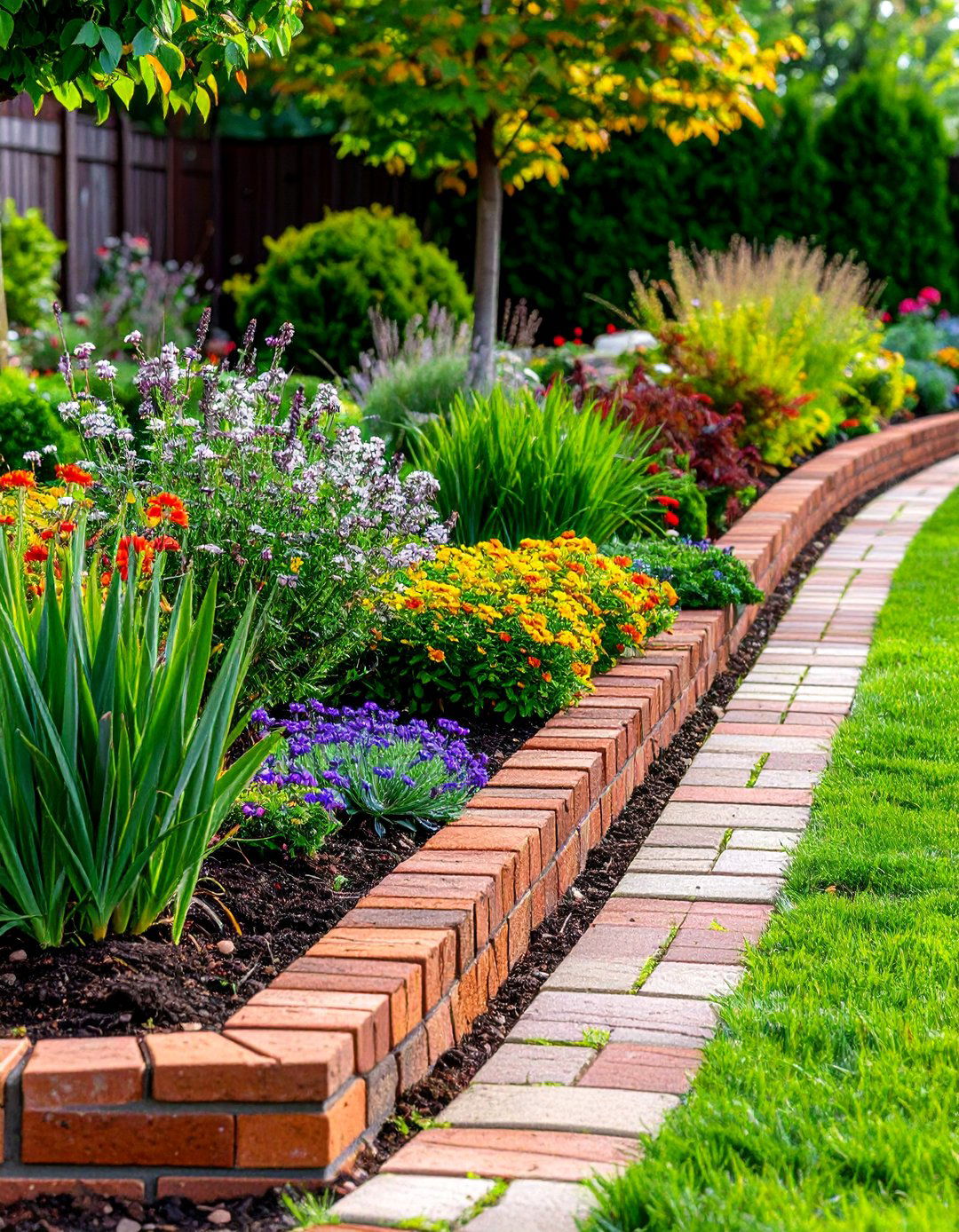
Perfectly aligned vertical joints create clean, contemporary borders that emphasize geometric precision and modern design principles. This technique involves laying bricks in straight rows with joints aligned vertically, creating grid-like patterns that complement architectural landscape elements. Stacked bond edging works particularly well in formal gardens and contemporary designs where geometric order enhances overall composition. The aligned joints create strong visual lines that organize planting schemes while providing excellent soil retention. Installation requires careful attention to level placement and joint alignment to achieve the desired geometric precision. This approach may require periodic maintenance to restore joint alignment after seasonal ground movement, but the crisp appearance justifies the additional attention to detail.
16. Reclaimed Vintage Brick Edging
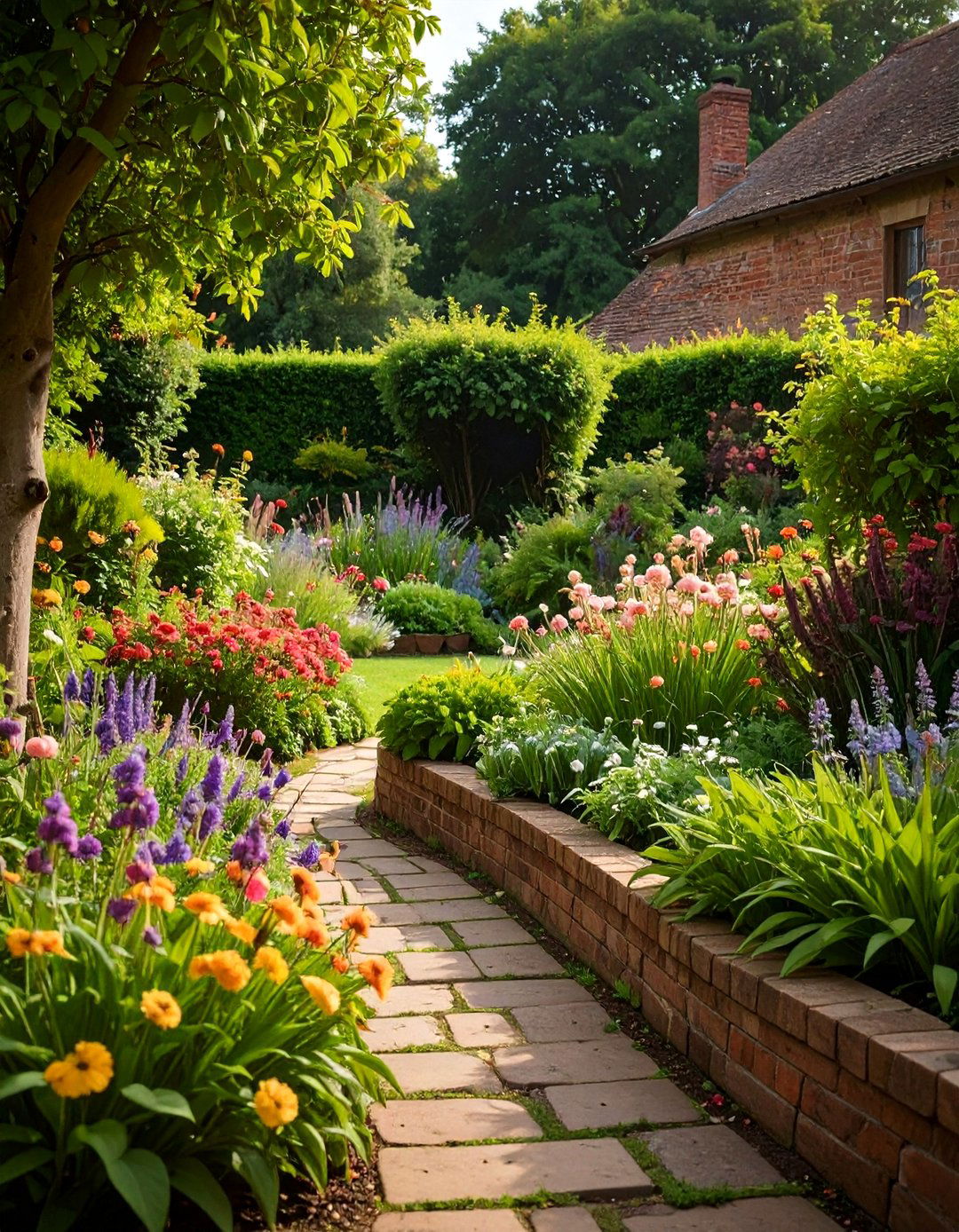
Using weathered and aged bricks creates authentic character that enhances cottage gardens and heritage landscape designs. This sustainable approach involves sourcing bricks from demolished buildings or renovation projects, incorporating their unique patina and historical character into new garden installations. Reclaimed materials often feature irregular shapes and varied colors that create organic appearances impossible to achieve with new products. The aged character complements informal planting schemes while providing excellent structural performance. Installation may require additional fitting work to accommodate irregular brick dimensions, but the distinctive appearance justifies the extra effort. The environmental benefits of material reuse enhance the project's sustainability while creating borders with genuine historical character that improves with age.
17. English Bond Brick Edging
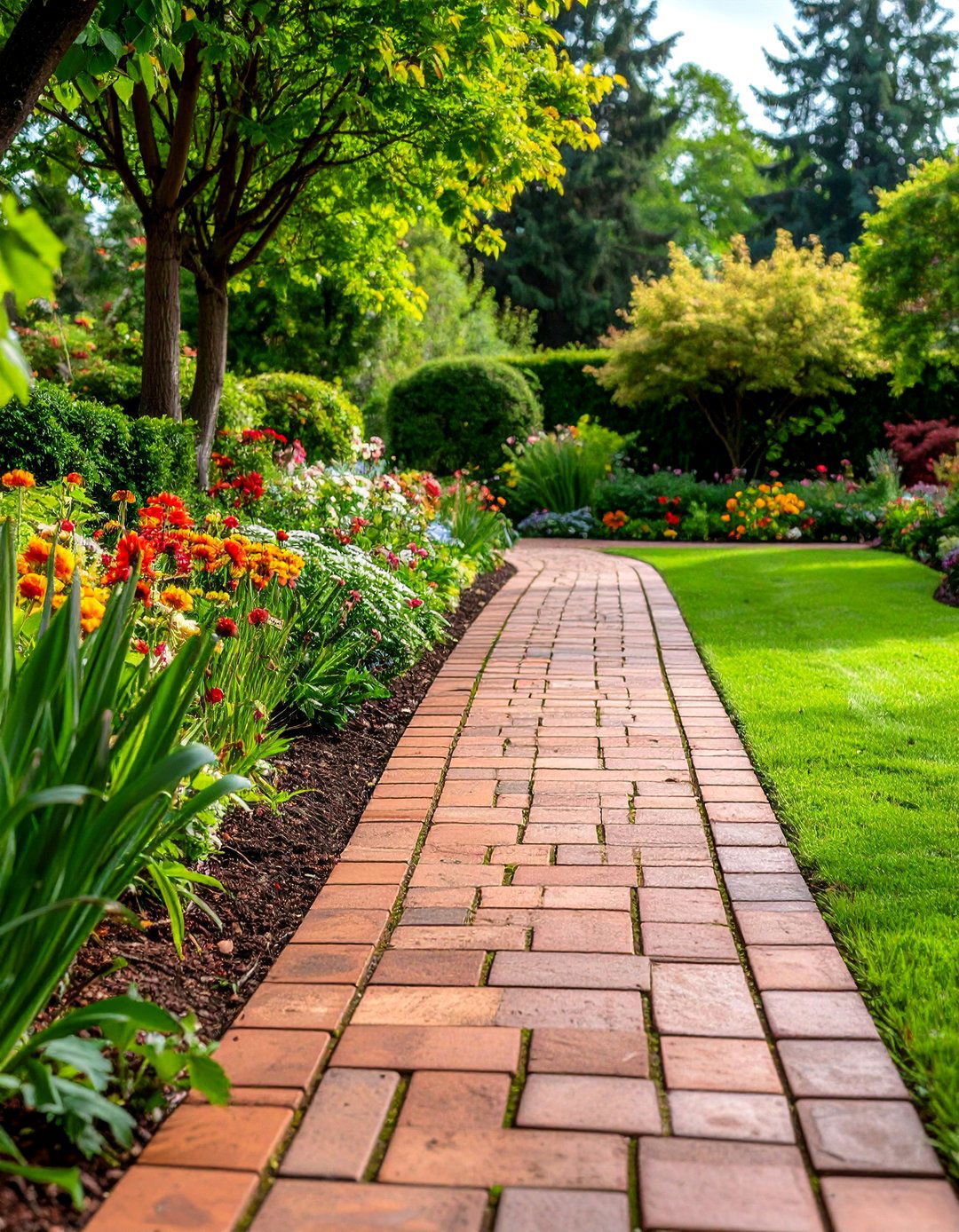
Alternating stretcher and header courses create traditional masonry patterns that provide exceptional structural strength and classic architectural appeal. This technique involves alternating rows of bricks laid lengthwise (stretchers) with rows laid widthwise (headers), creating distinctive patterns that reference historical building techniques. English bond edging works particularly well around colonial-style homes and traditional garden settings where historical accuracy enhances landscape authenticity. The alternating pattern provides superior interlocking strength while creating visual texture that complements formal planting schemes. Installation requires careful attention to course alignment and consistent joint spacing to achieve proper pattern development. The substantial appearance creates permanent landscape features that enhance property values while providing reliable long-term performance.
18. Mosaic Pattern Brick Edging
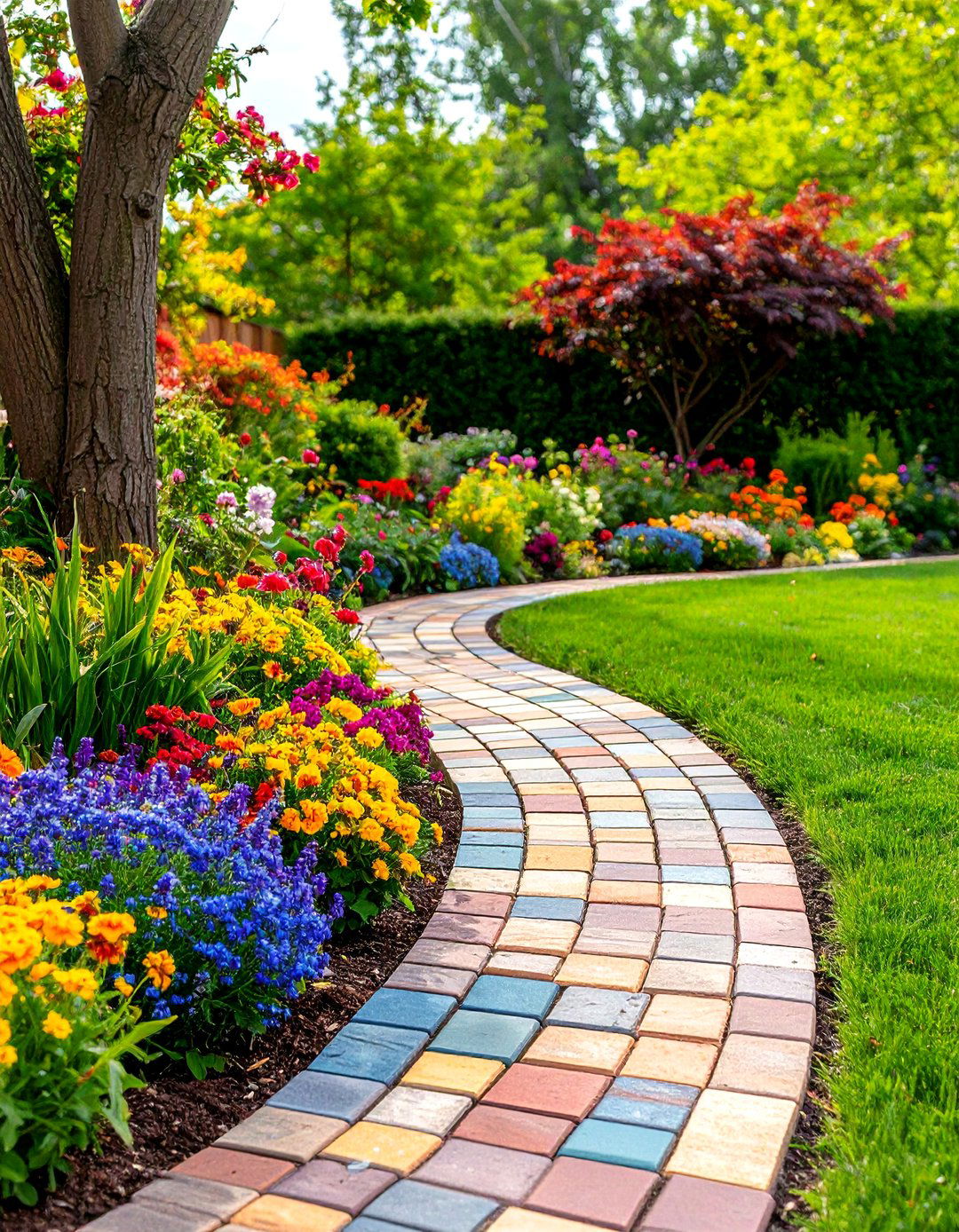
Creative arrangements using mixed brick colors and sizes transform standard materials into artistic border elements that serve as landscape focal points. This technique involves combining different brick types, colors, and dimensions to create intentional patterns or random designs that add personality to garden spaces. Mosaic approaches work particularly well in eclectic gardens where artistic expression enhances overall design themes. The varied materials create visual texture and color depth that complements diverse planting schemes while maintaining practical functionality. Installation requires planning and material sorting to achieve desired pattern effects while ensuring structural stability. The distinctive appearance creates conversation pieces while solving practical landscaping needs through creative material application that distinguishes properties from conventional installations.
19. Rowlock Brick Edging
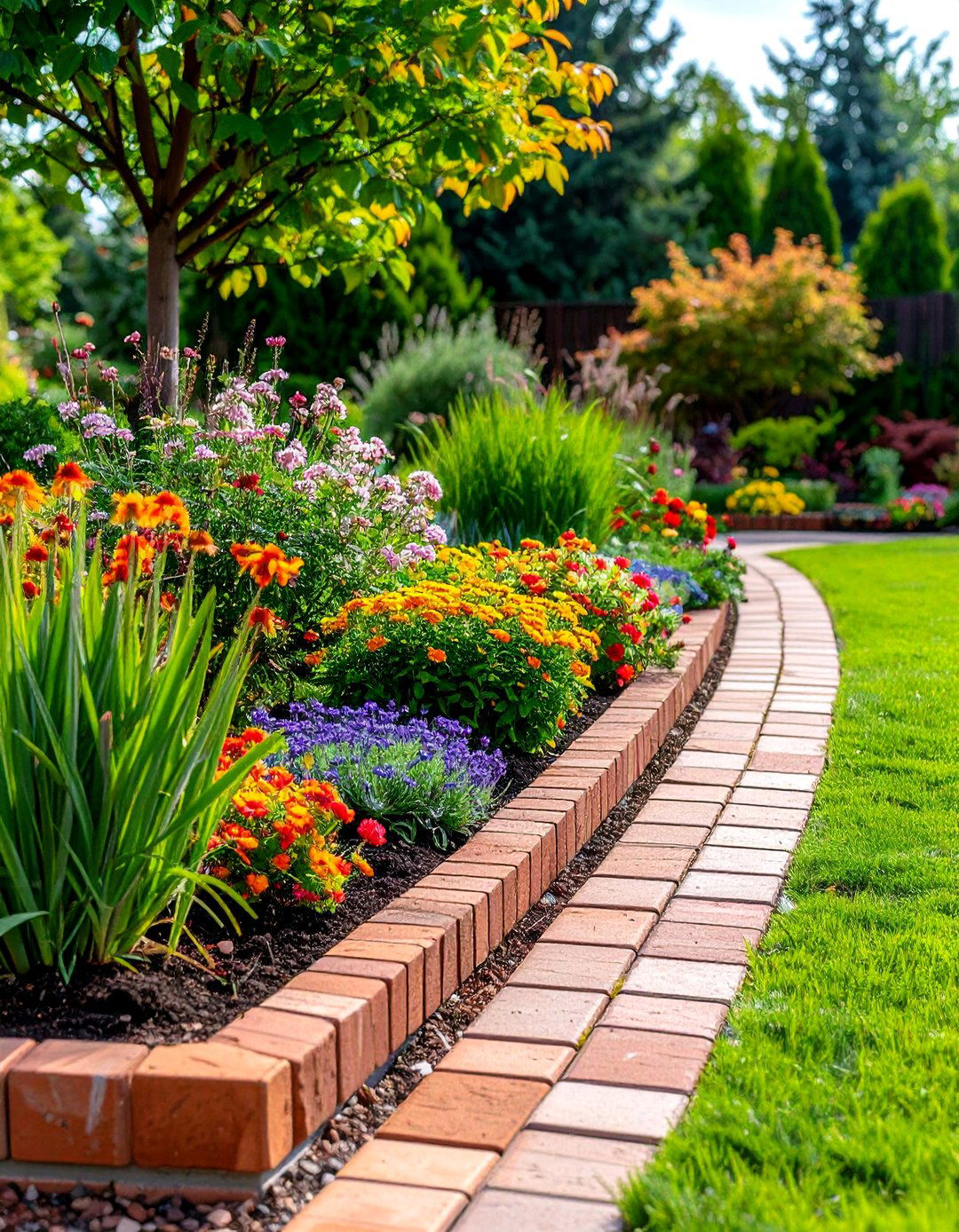
Horizontal placement on narrow edges creates low-profile borders that provide subtle definition while maintaining clean sight lines across garden spaces. This technique positions bricks on their narrow sides with short ends visible, creating understated borders that don't compete with plant displays for visual attention. Rowlock edging works particularly well in minimalist landscapes where subtle definition maintains organization without overwhelming delicate plant compositions. The low profile allows for easy maintenance while providing adequate soil retention and boundary definition. Installation requires attention to level placement and consistent alignment to achieve the desired clean appearance. This approach offers excellent value for budget-conscious projects while delivering professional results that enhance garden organization and maintenance efficiency.
20. Brick and Wood Combination Edging
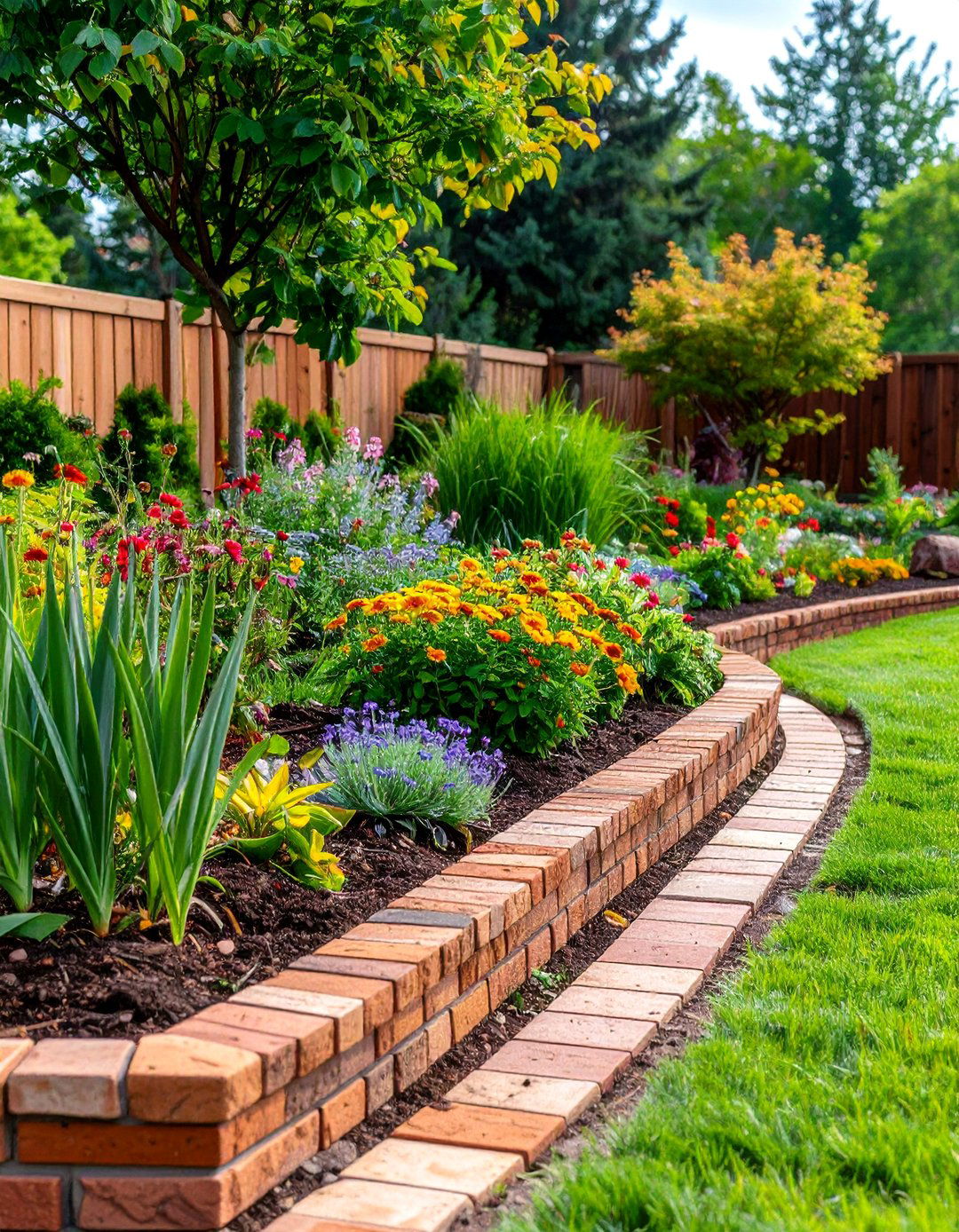
Pairing warm wood elements with sturdy brick components creates distinctive borders that combine natural textures with structural durability. This technique involves integrating wooden boards, timbers, or logs with brick elements to create layered borders that offer visual variety and practical functionality. The combination works particularly well in rustic and cottage garden settings where mixed materials enhance informal design themes. Wood components provide vertical elements while brick supplies structural stability and permanence. Installation requires attention to material compatibility and proper treatment of wood elements to ensure longevity. The varied textures create visual interest while providing excellent soil retention and boundary definition that complements diverse planting schemes and architectural styles.
Conclusion:
These twenty brick edging ideas demonstrate the remarkable versatility and enduring appeal of brick materials in landscape design applications. From traditional soldier courses to contemporary mixed-material combinations, each technique offers unique benefits for specific garden situations and design preferences. The durability, maintenance ease, and timeless aesthetic appeal of brick edging make it an excellent investment for property enhancement. Whether you choose simple straight-line installations or complex pattern arrangements, proper preparation and installation techniques ensure long-lasting performance that enhances your garden's beauty while solving practical landscaping challenges through proven materials and time-tested methods.


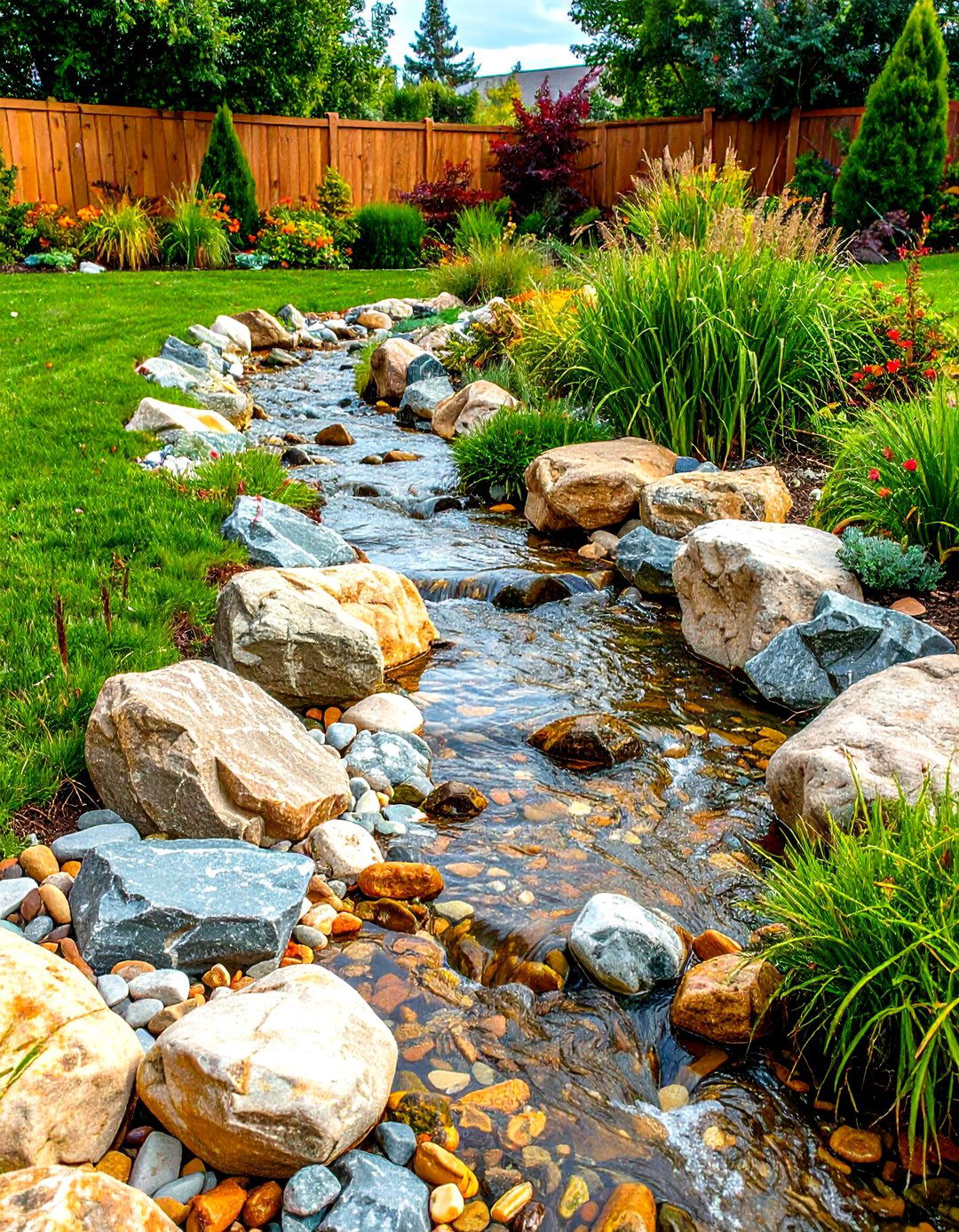
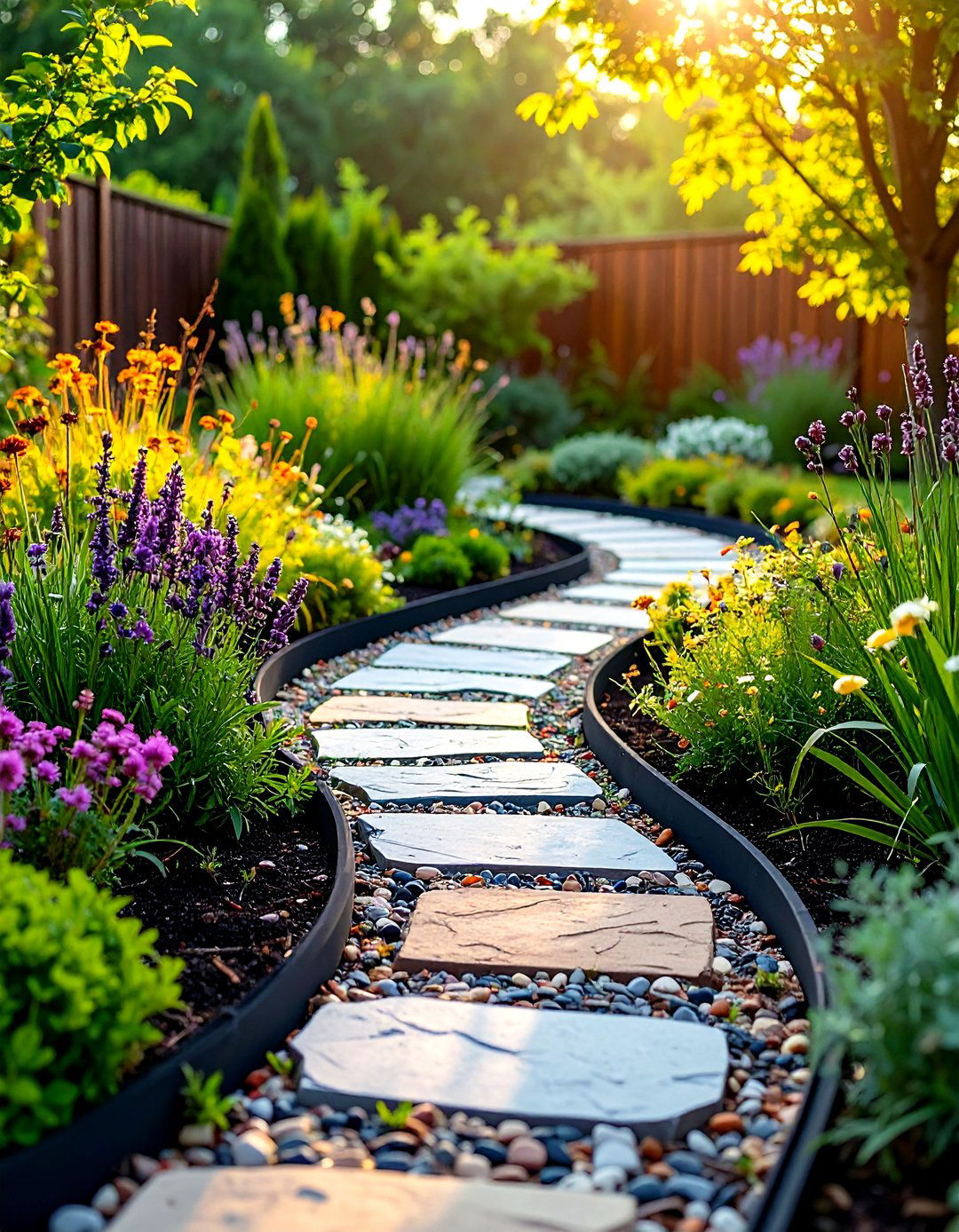
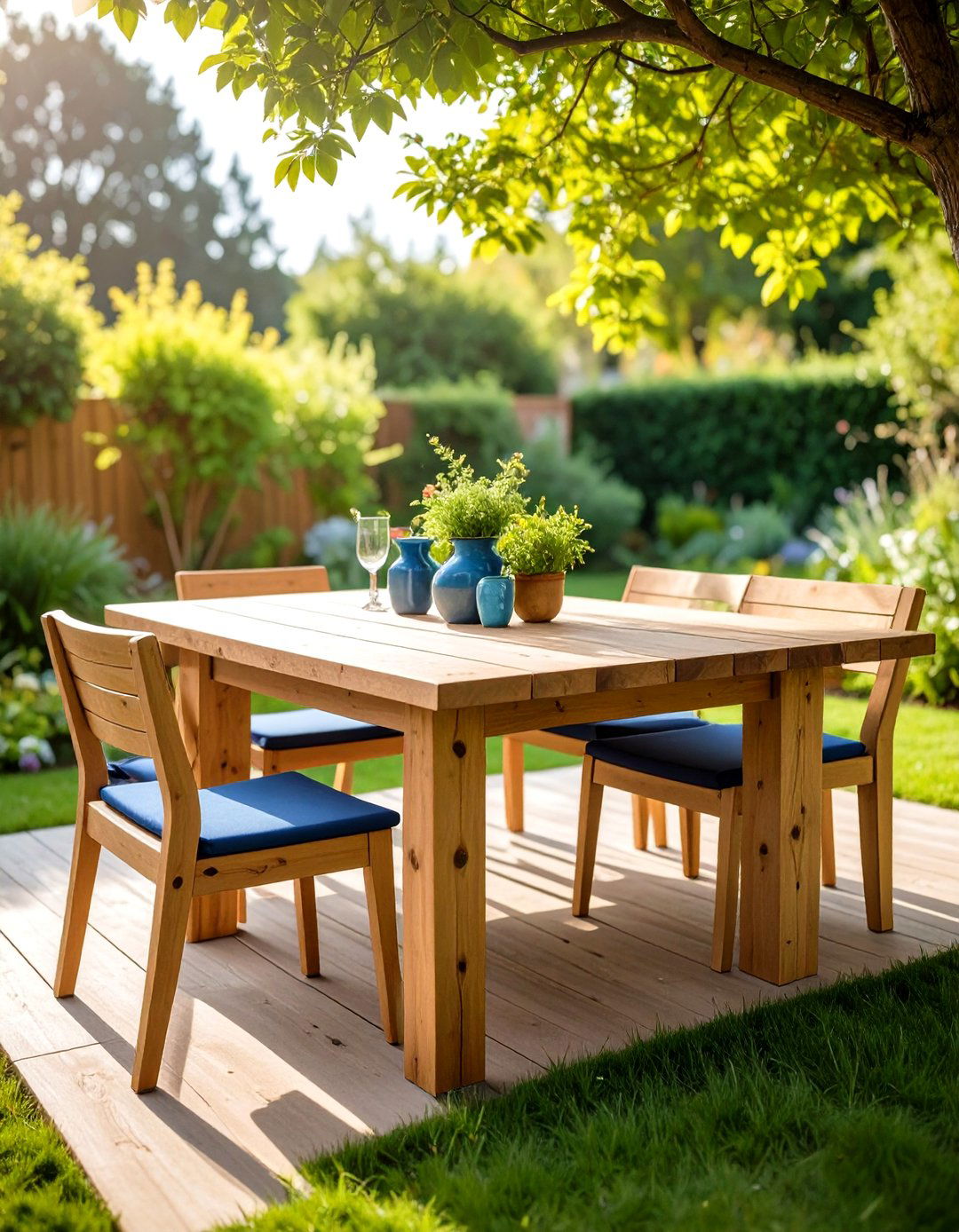
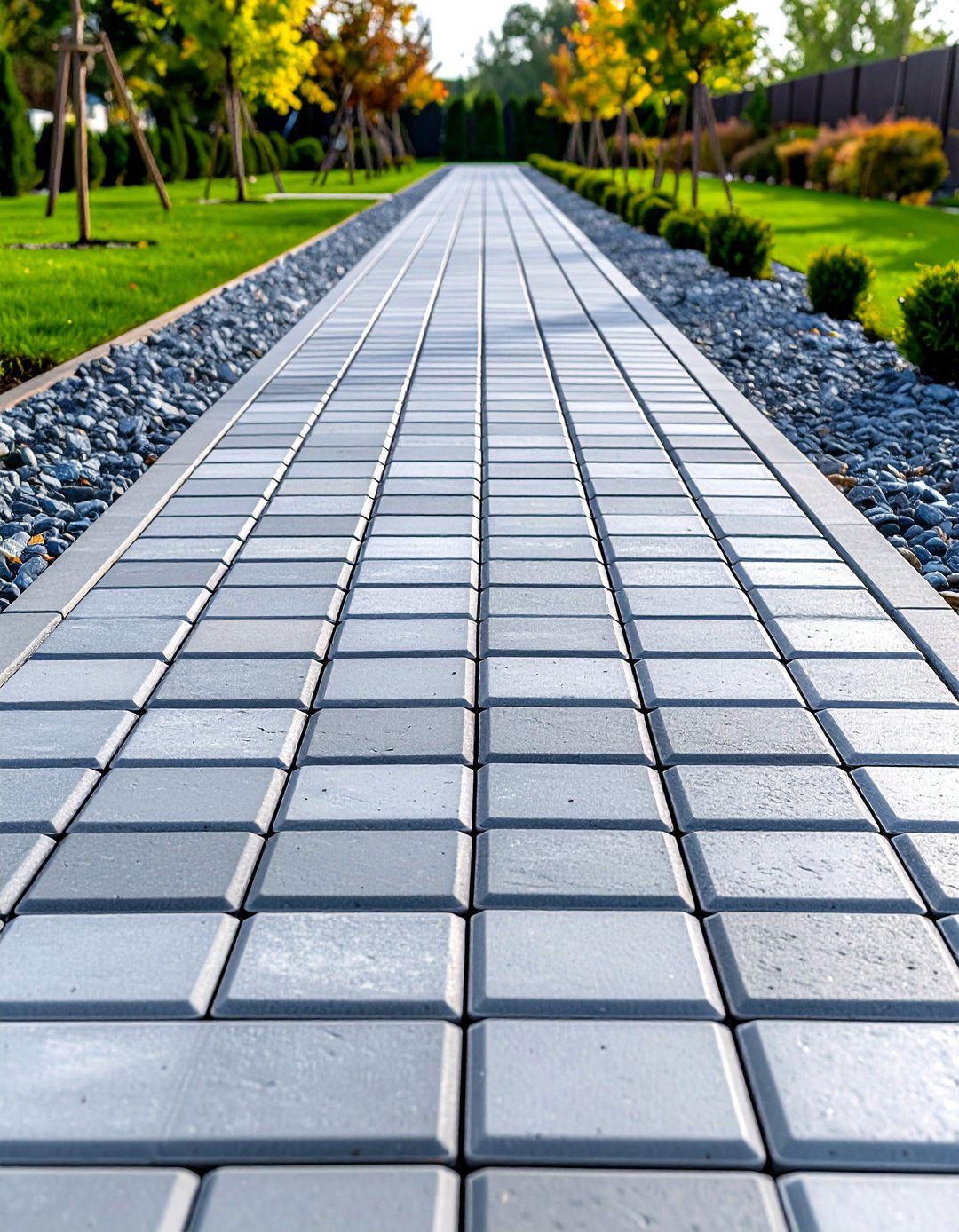
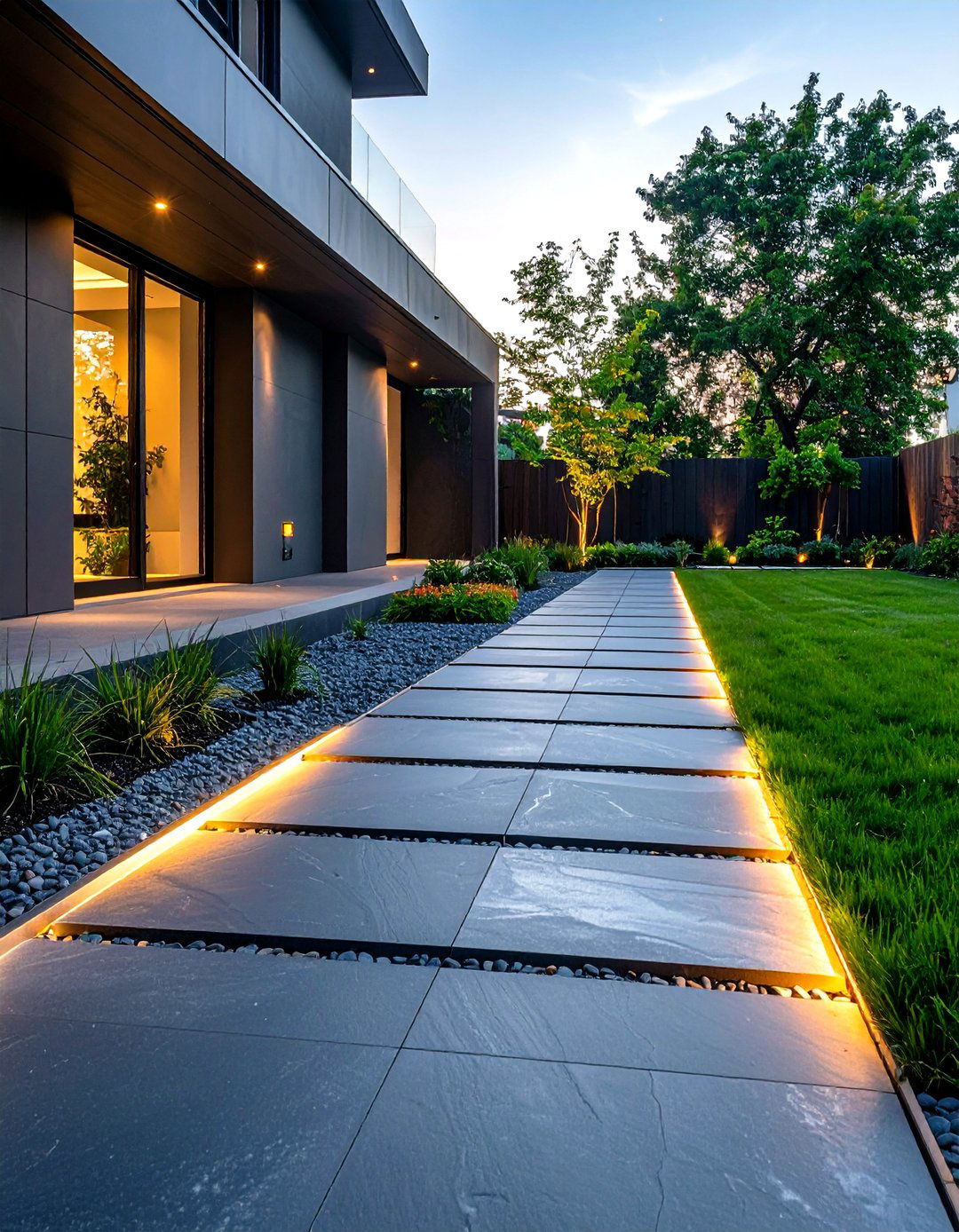

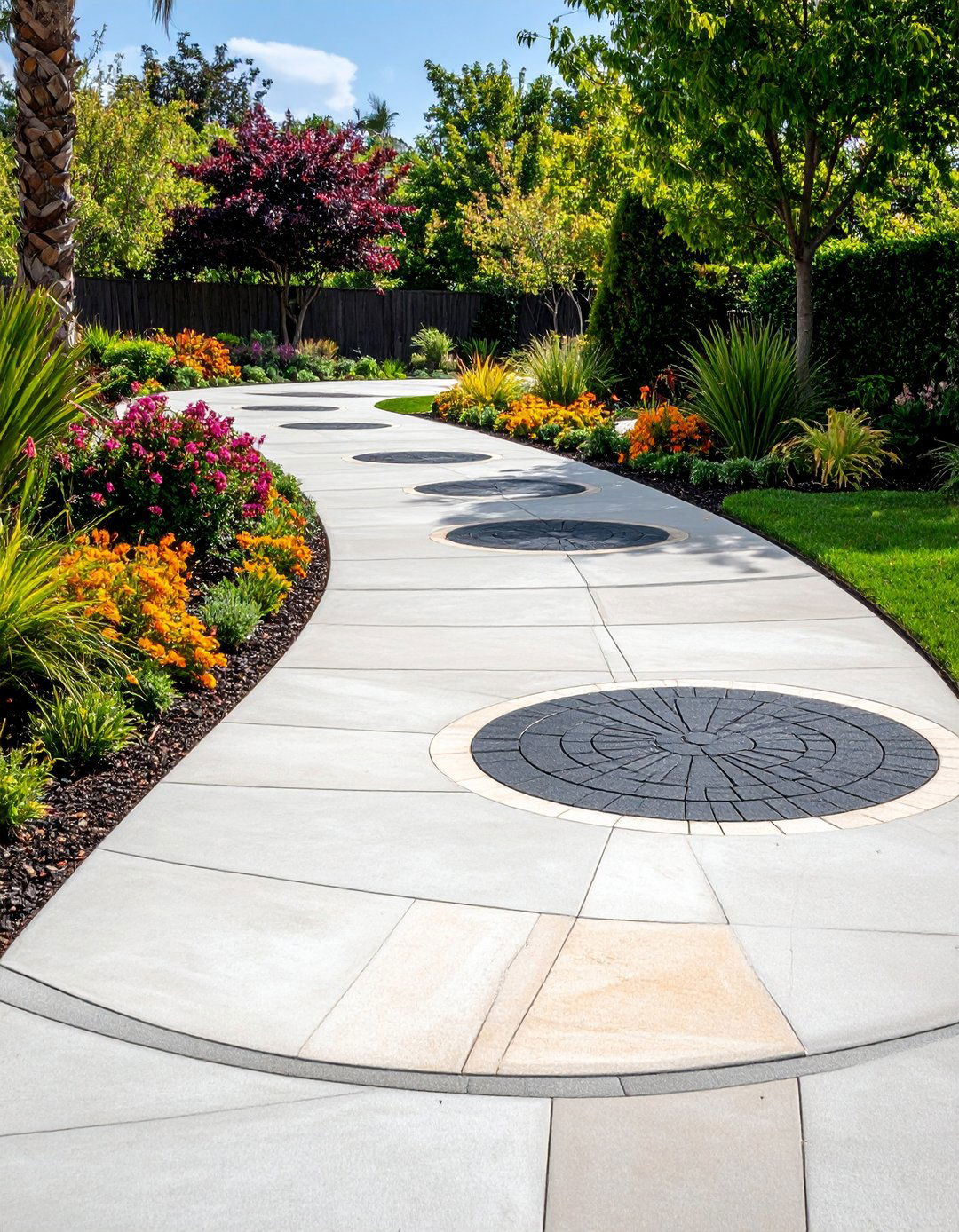
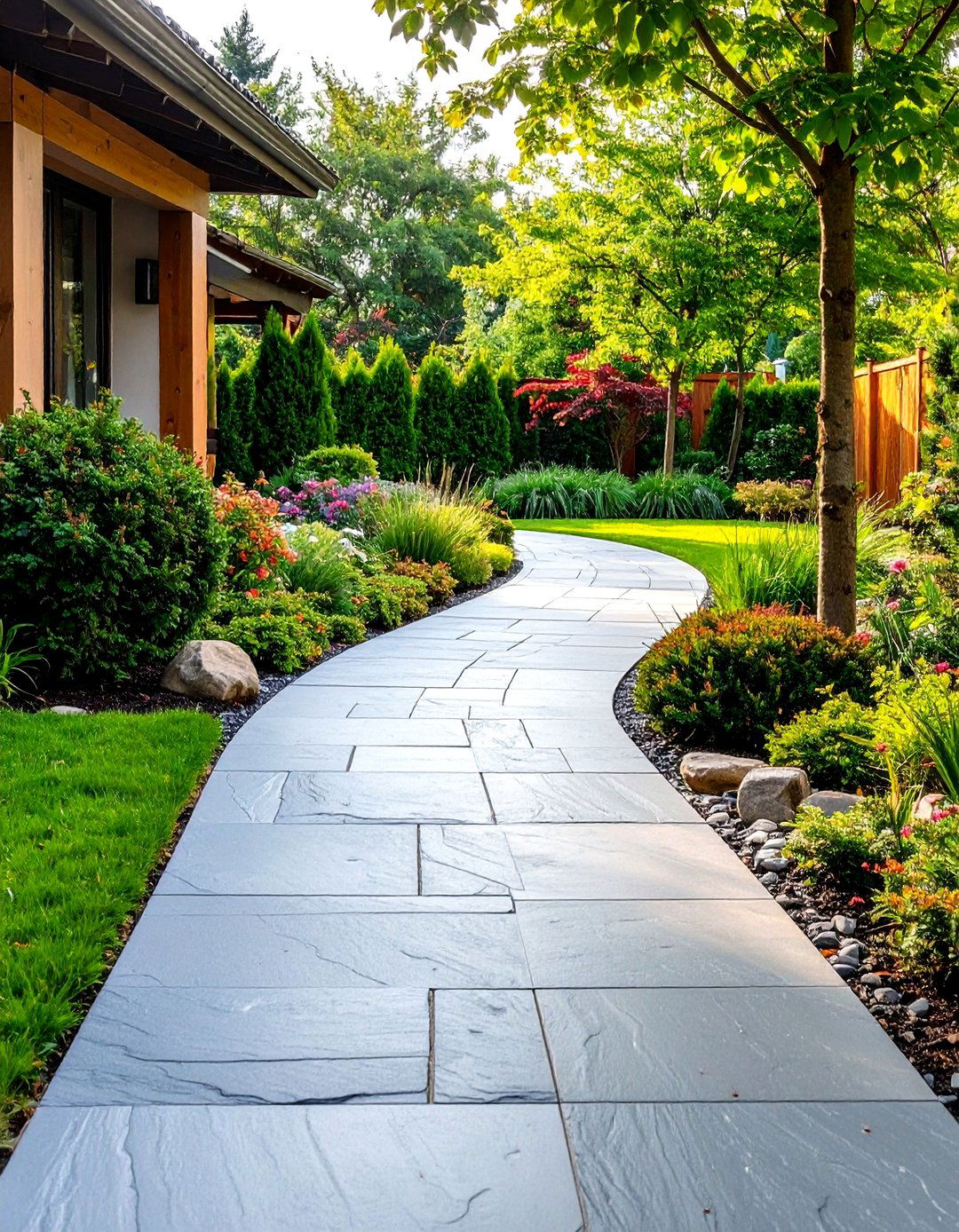

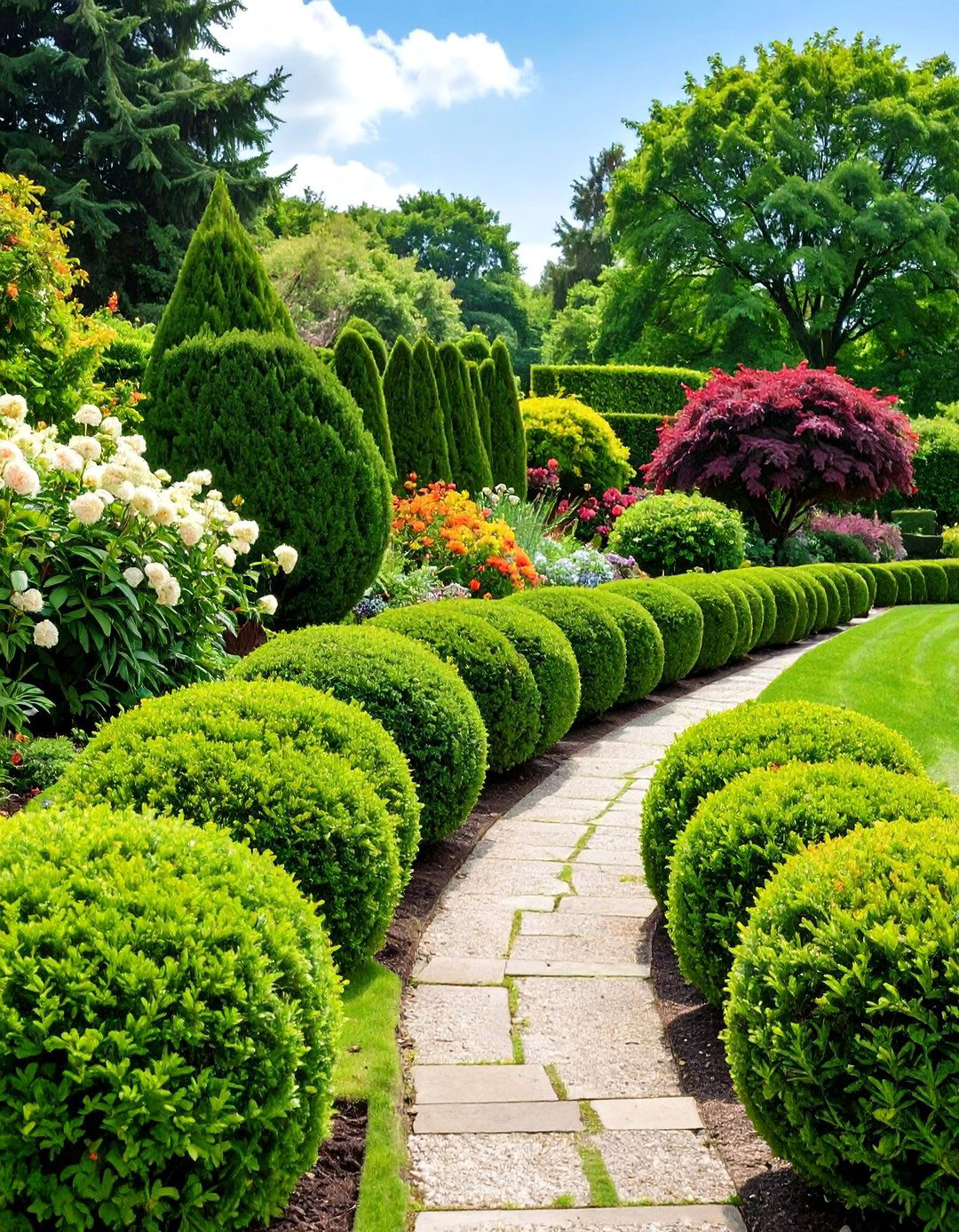
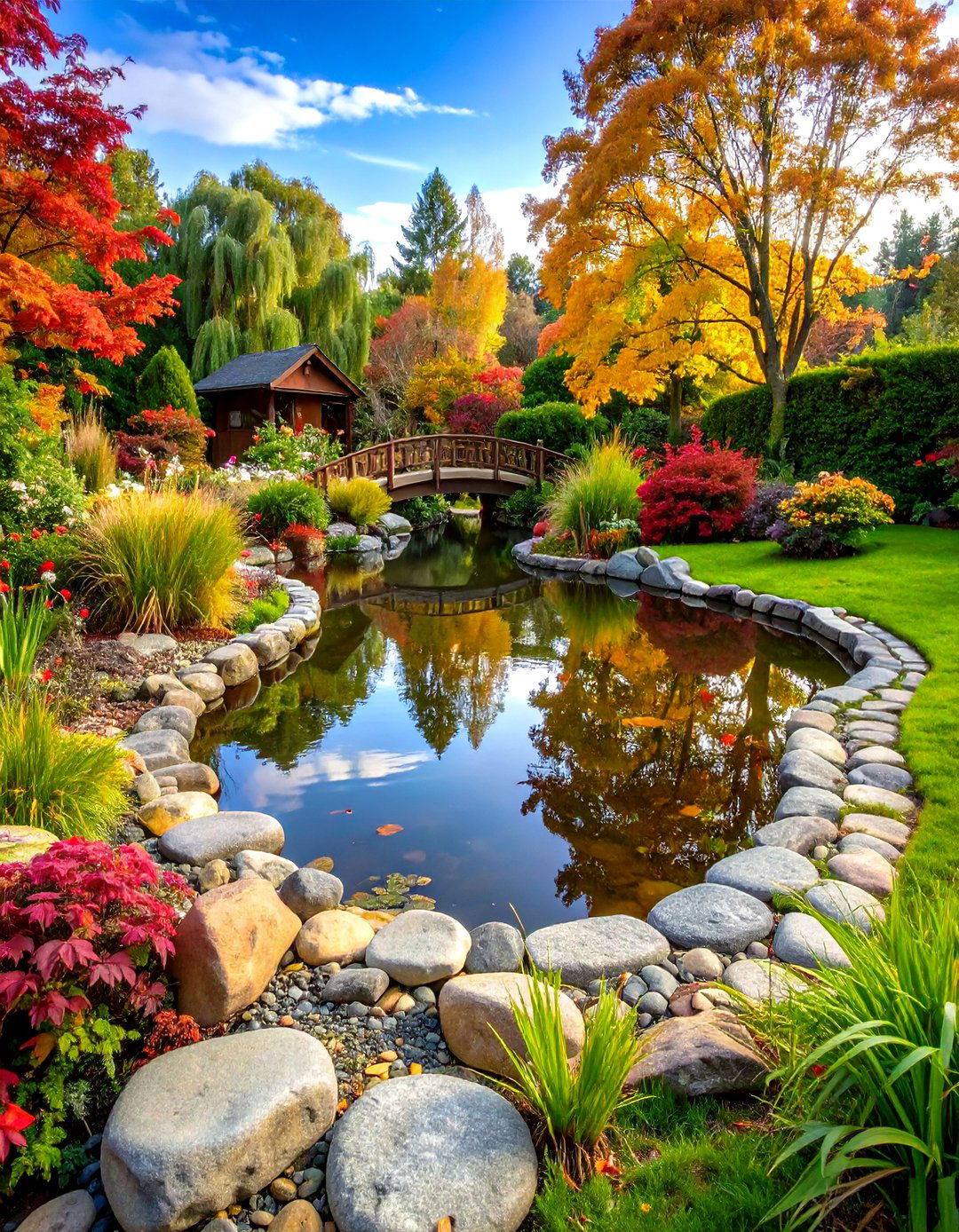
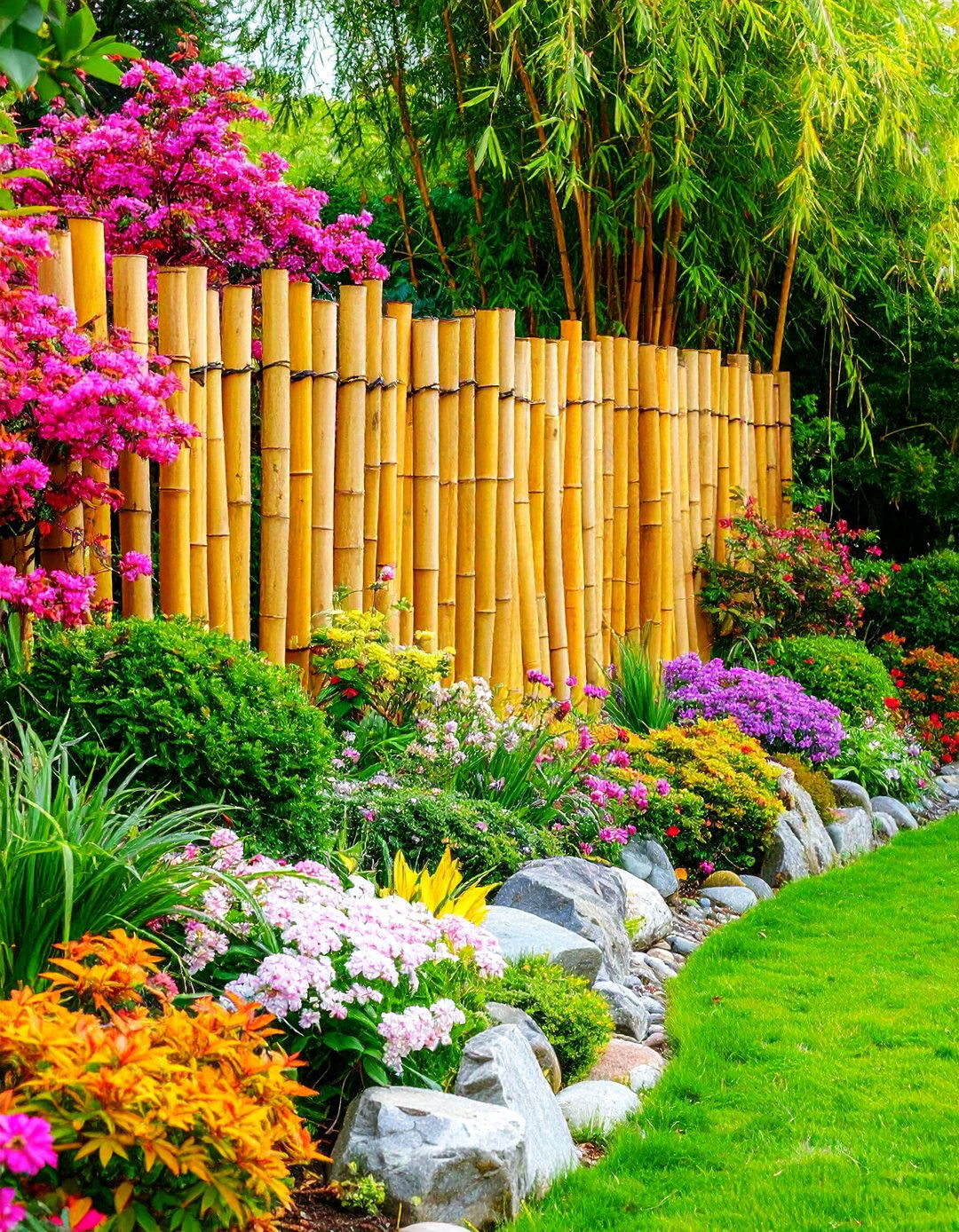


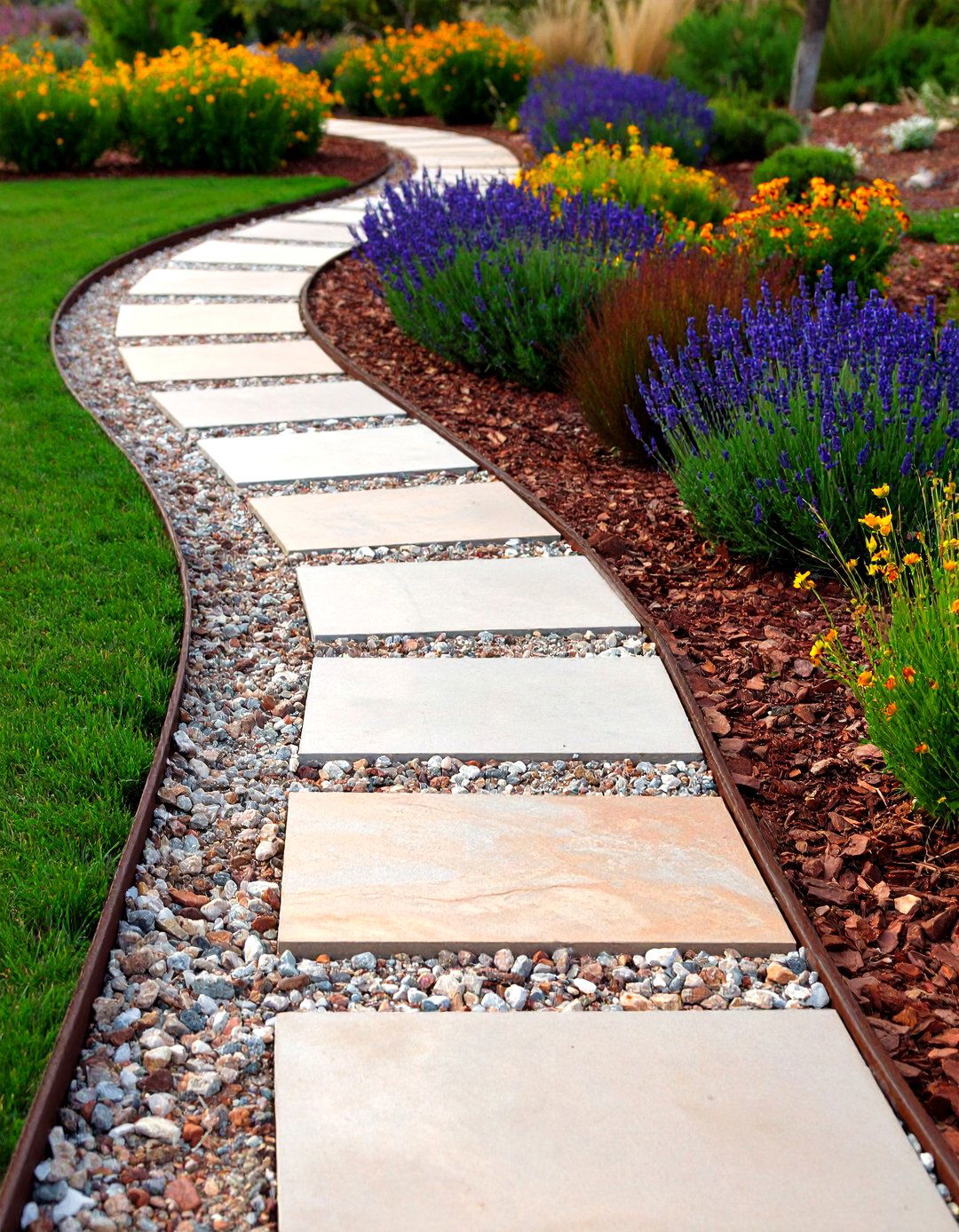
Leave a Reply